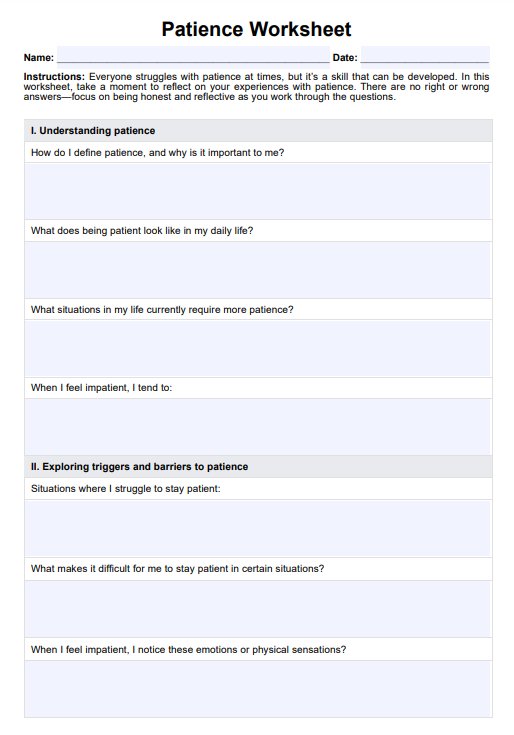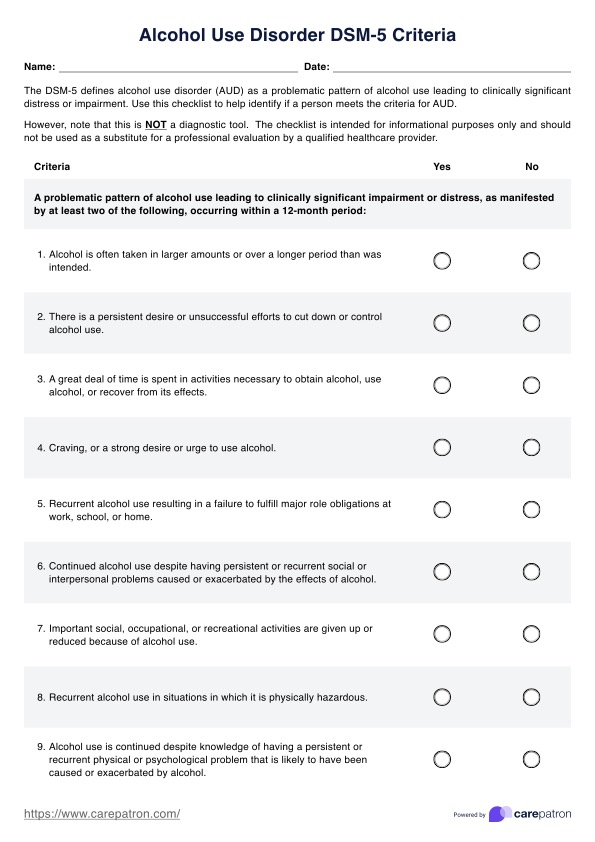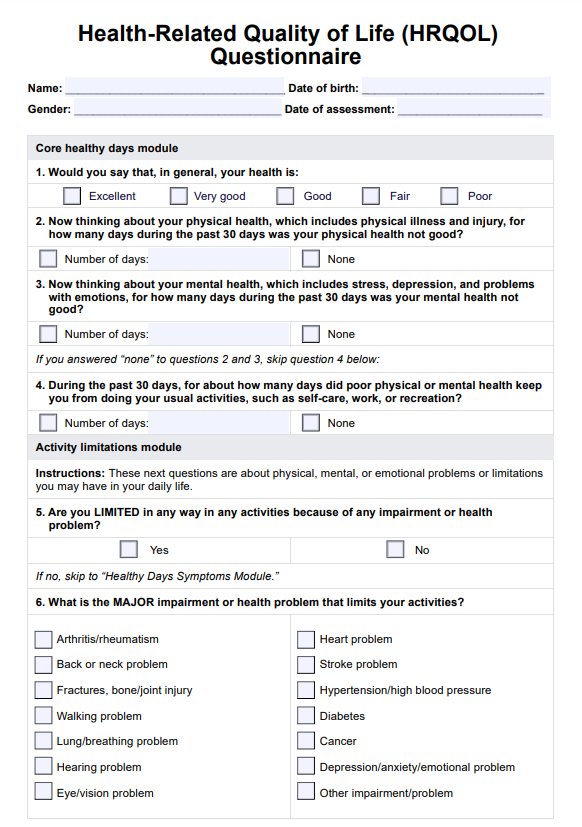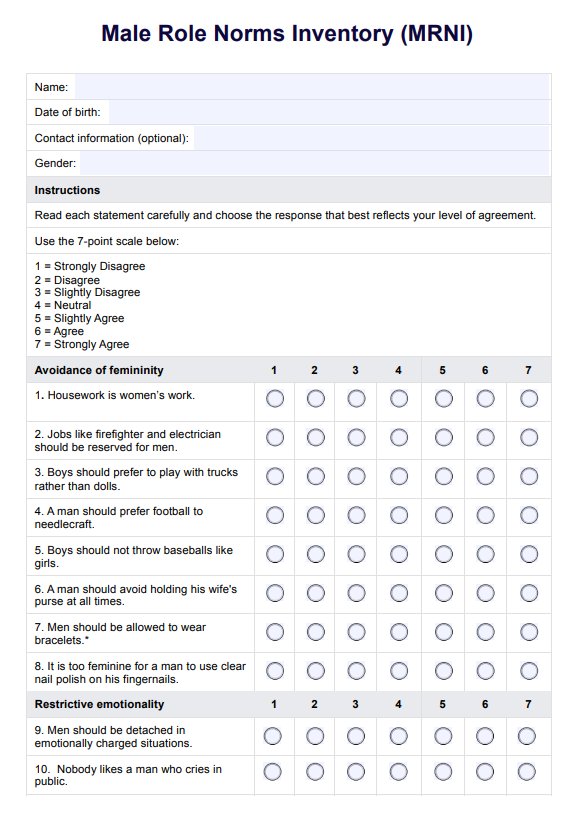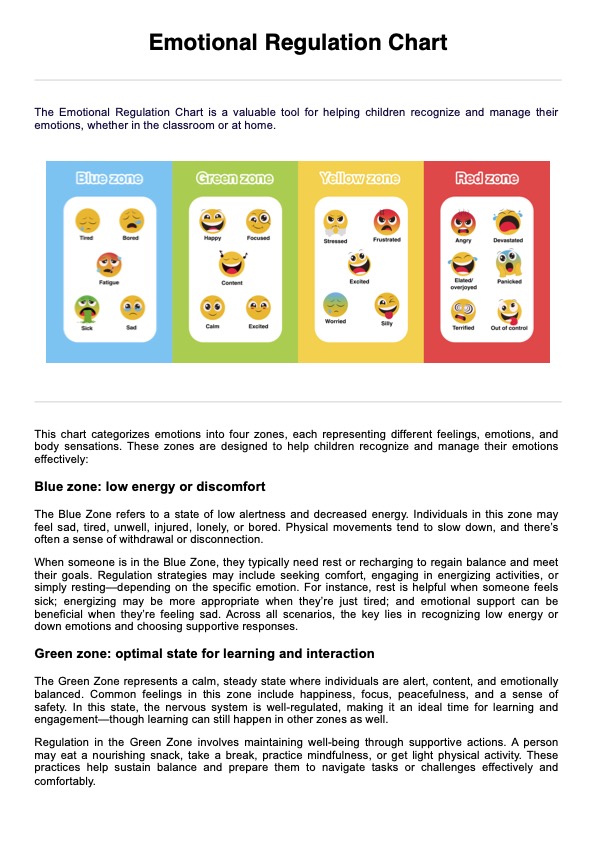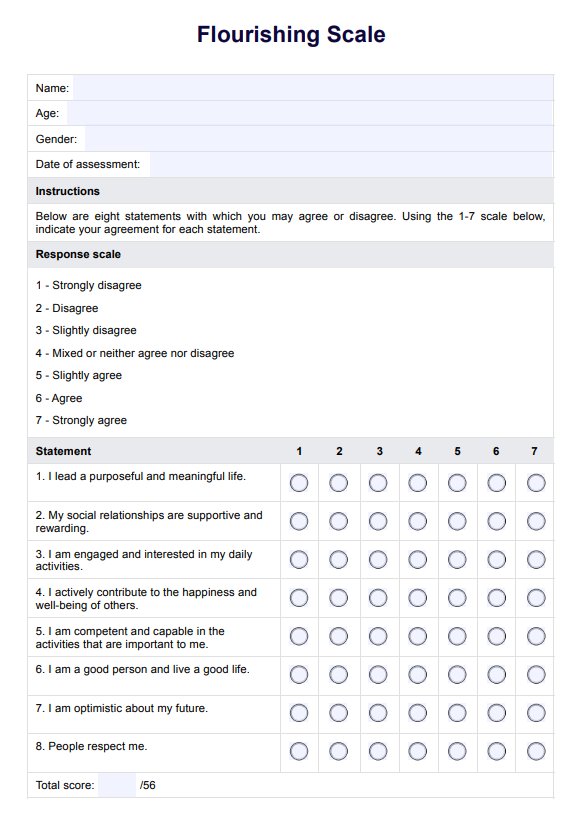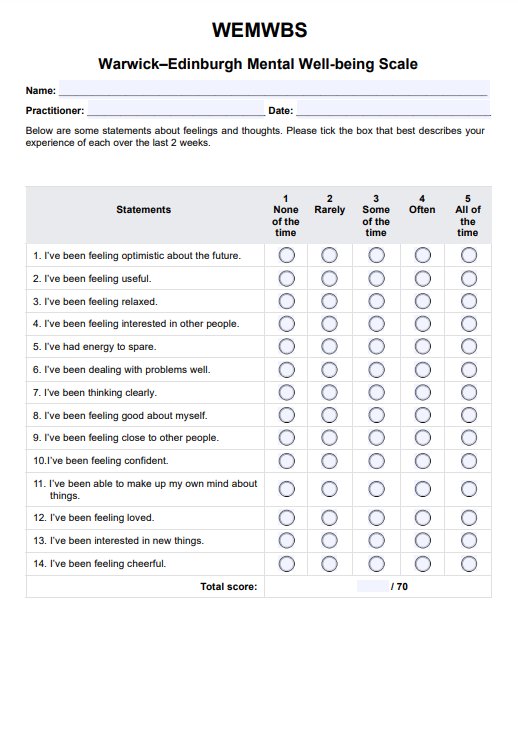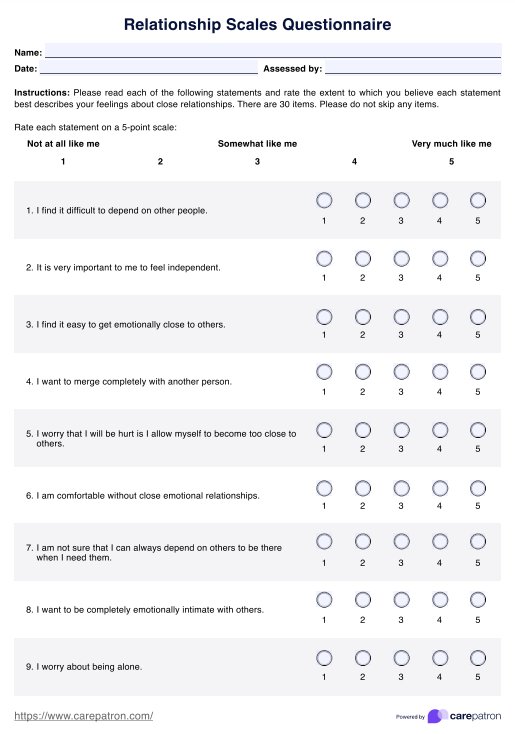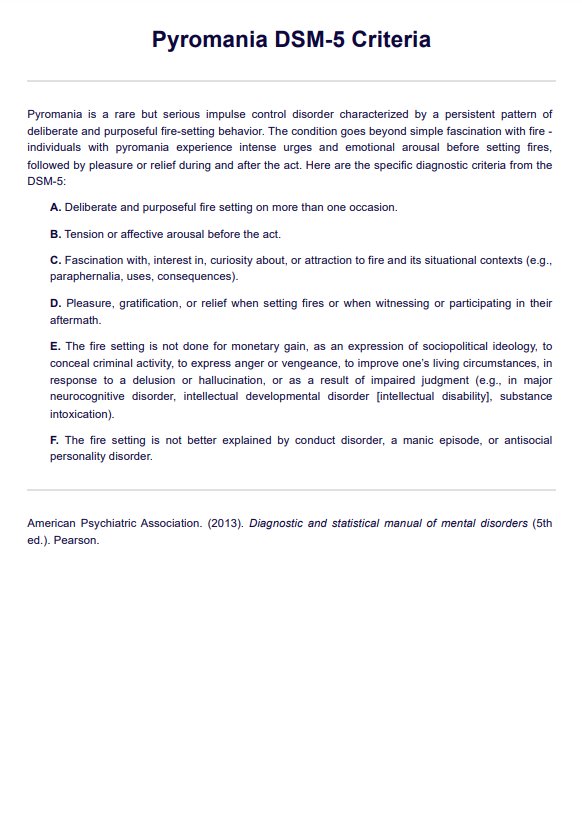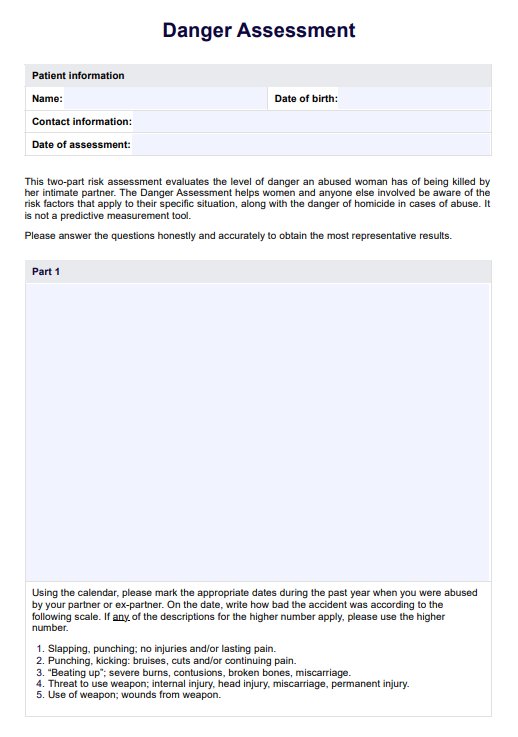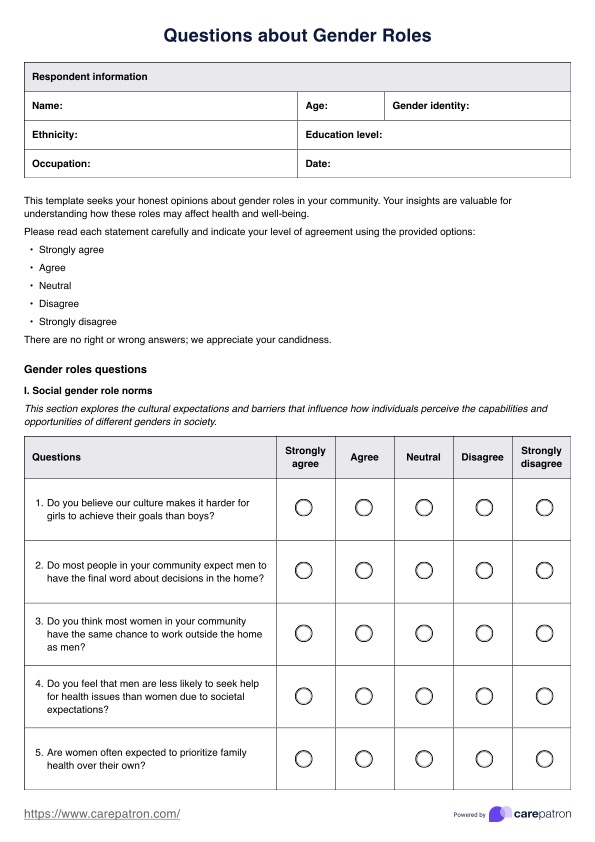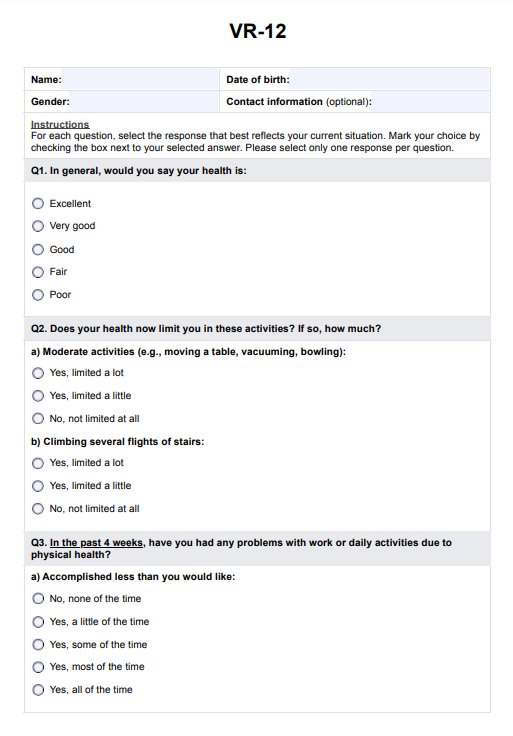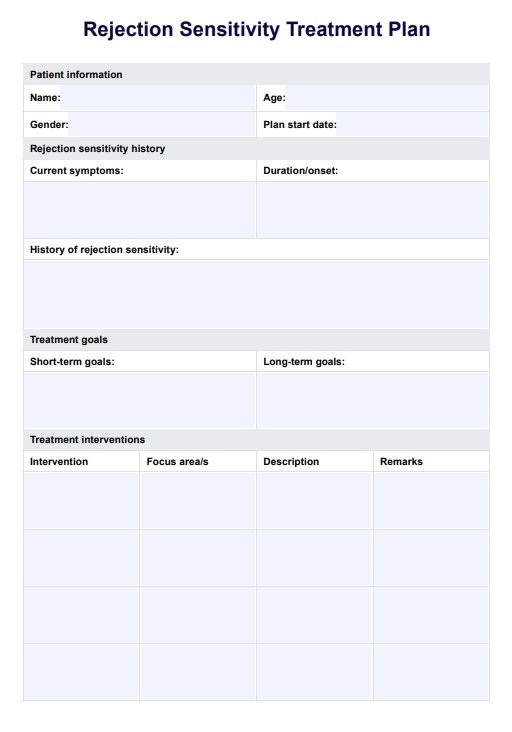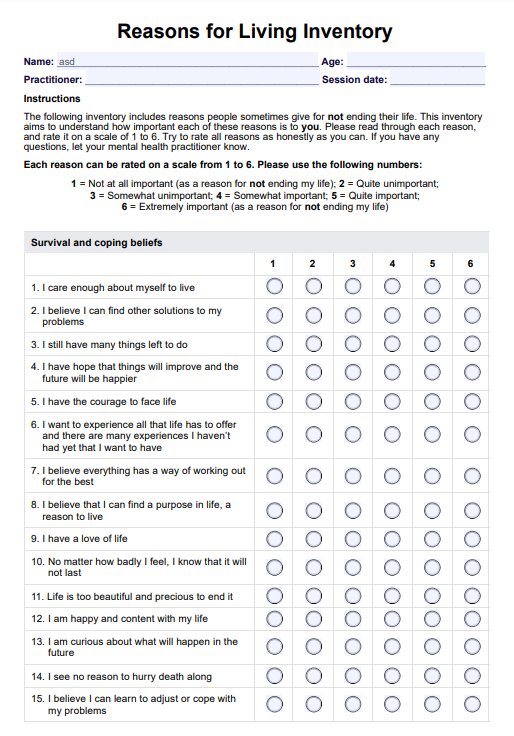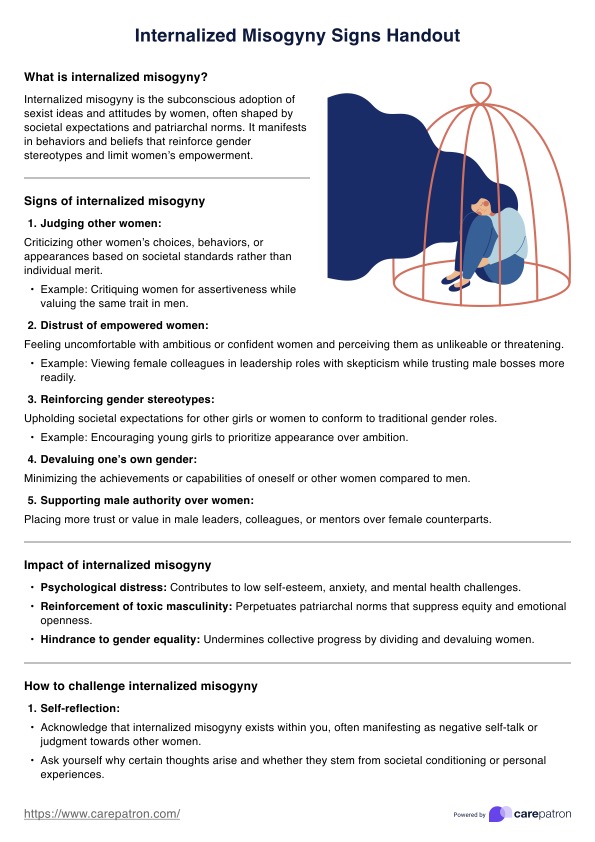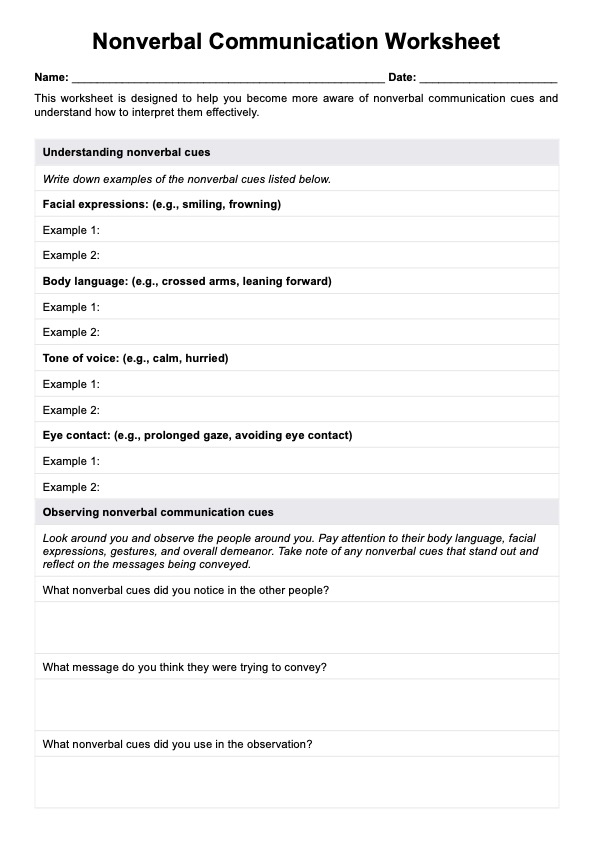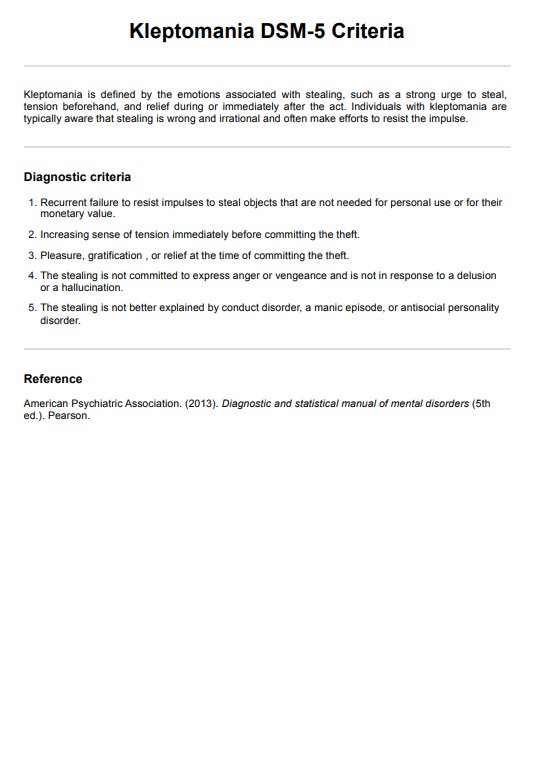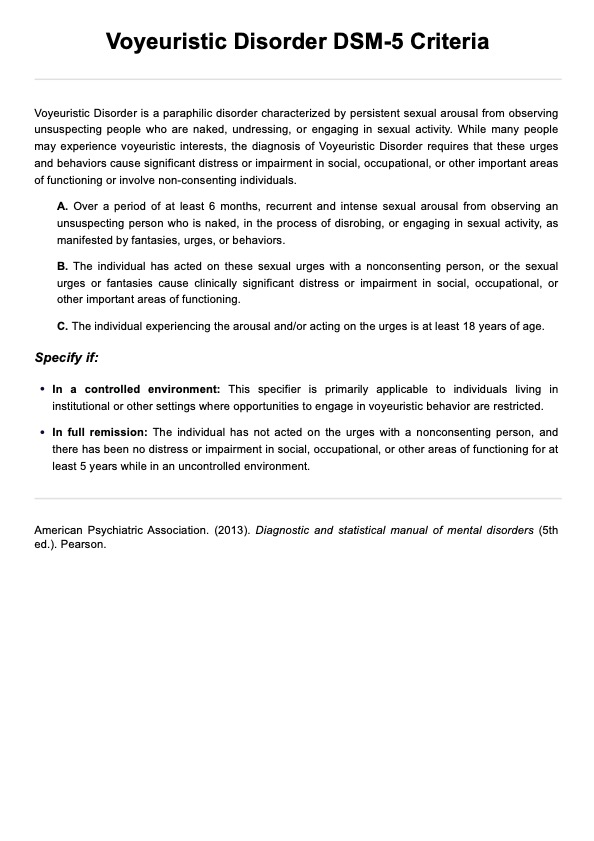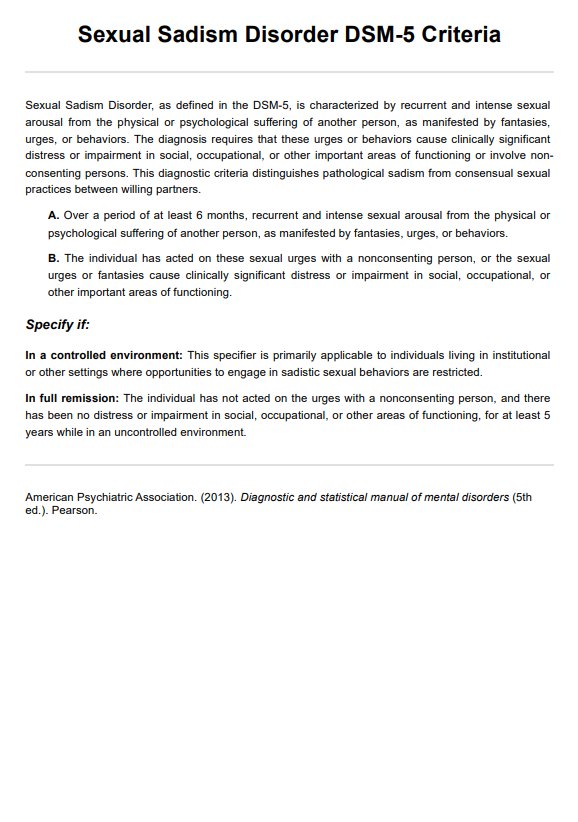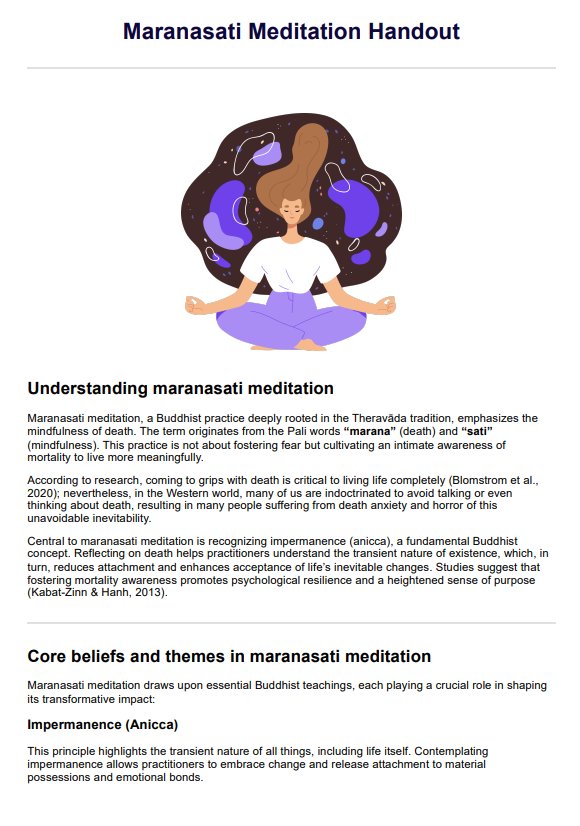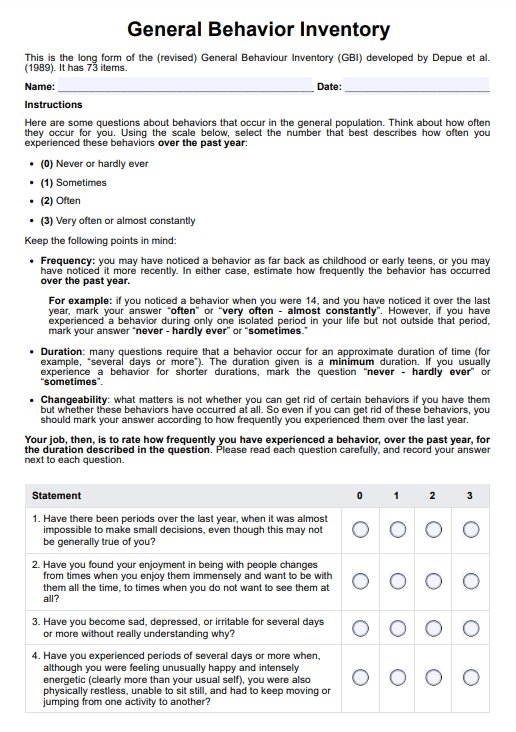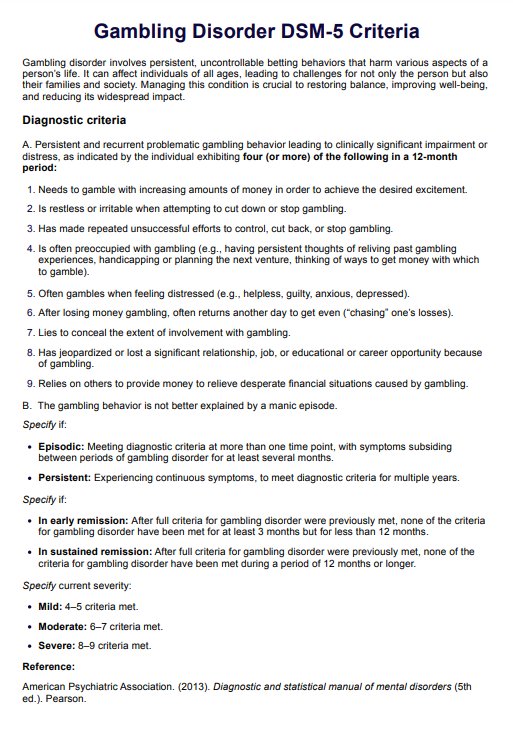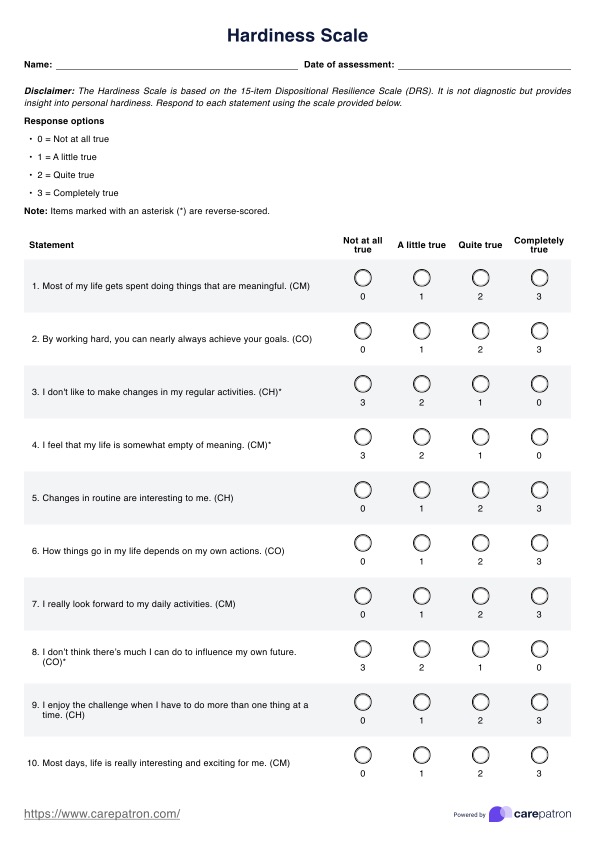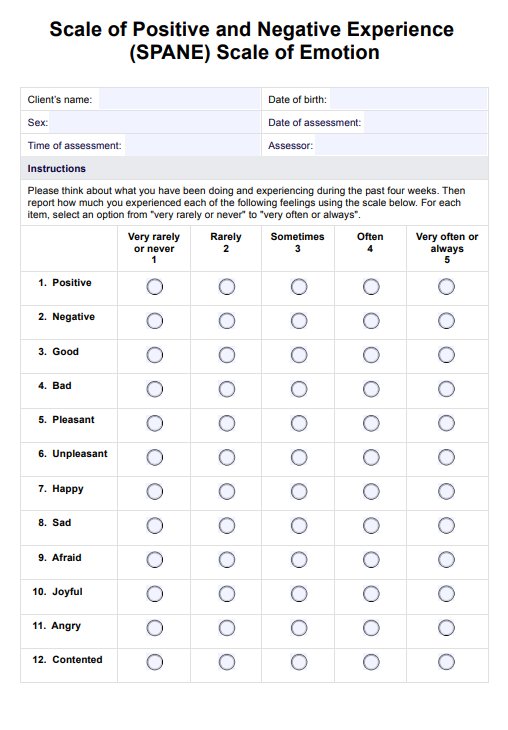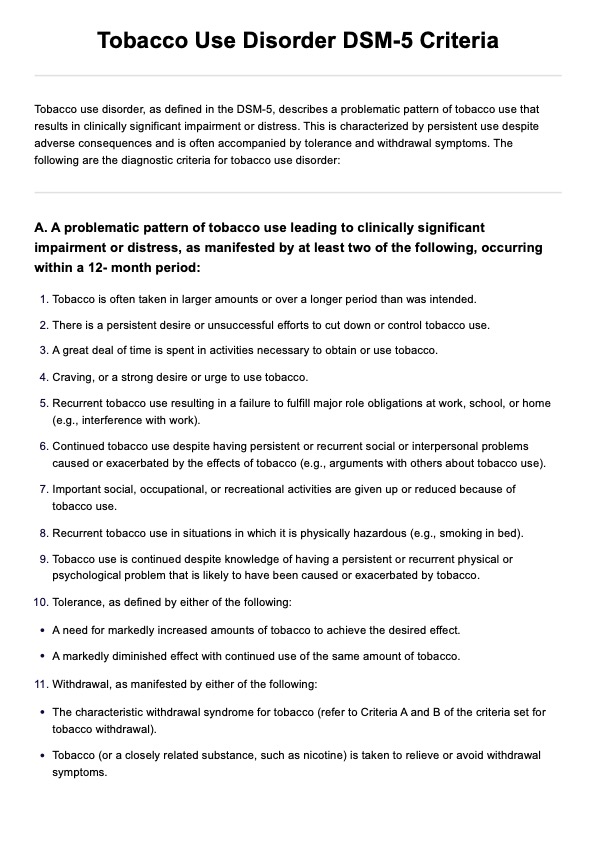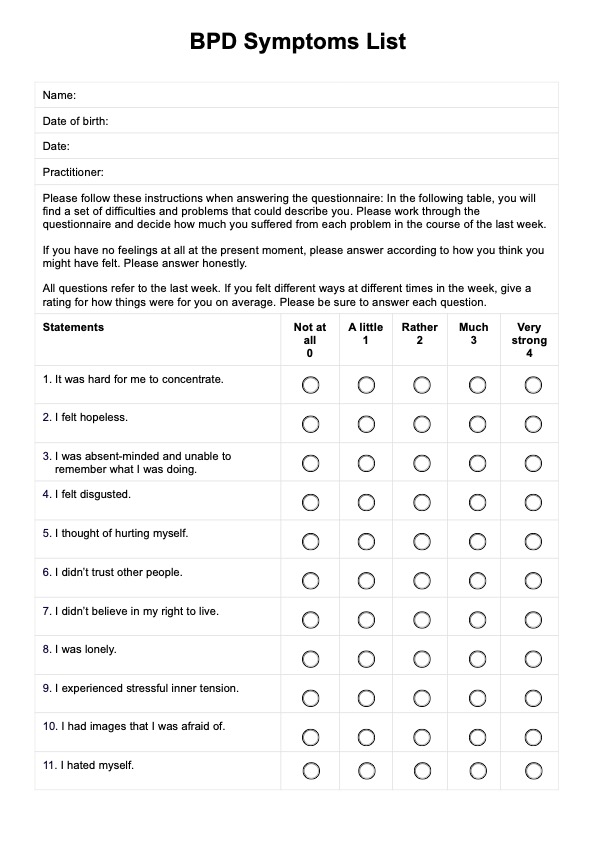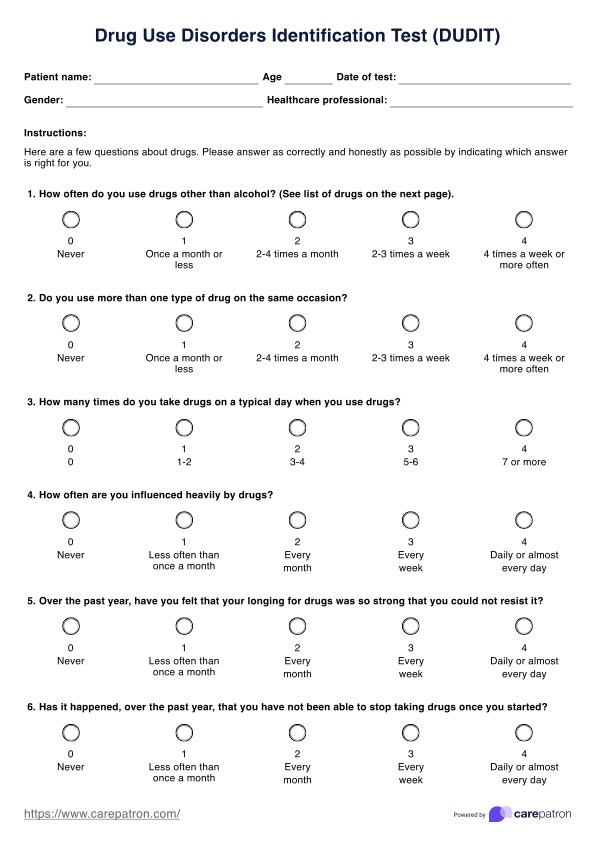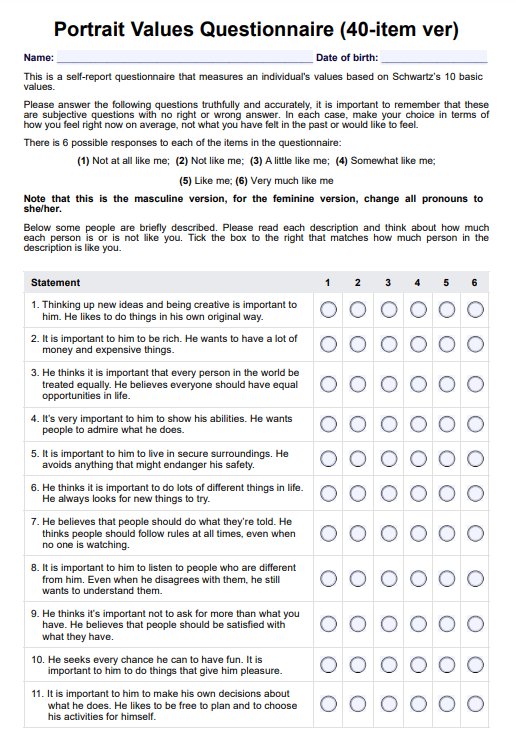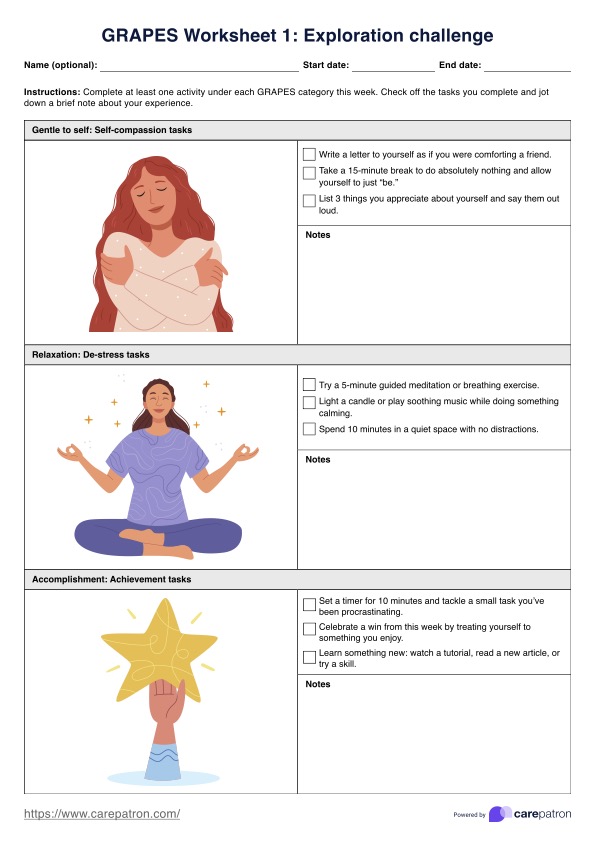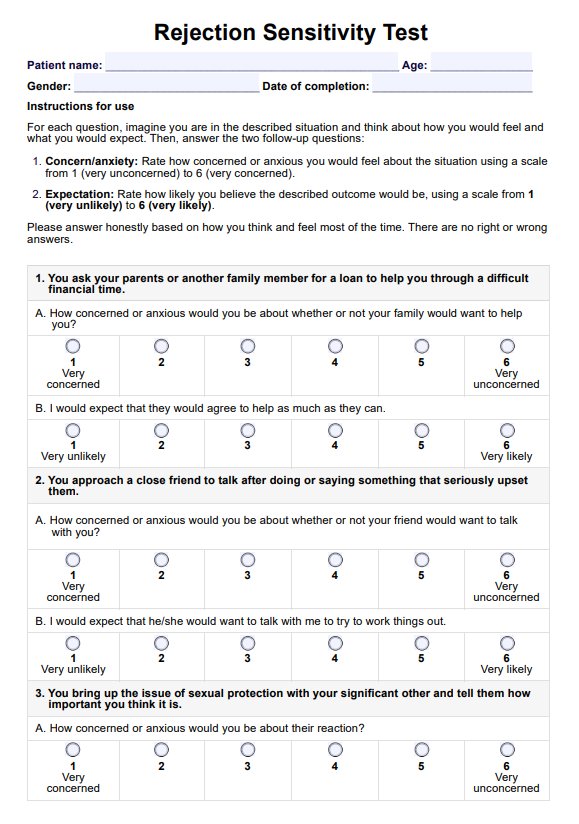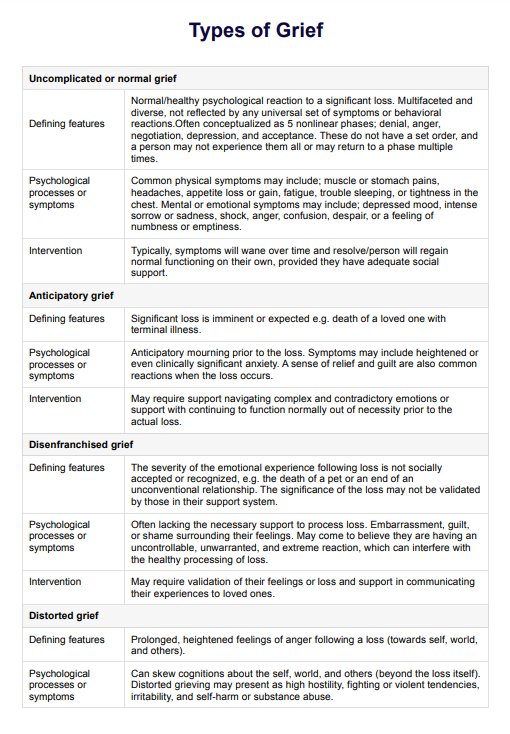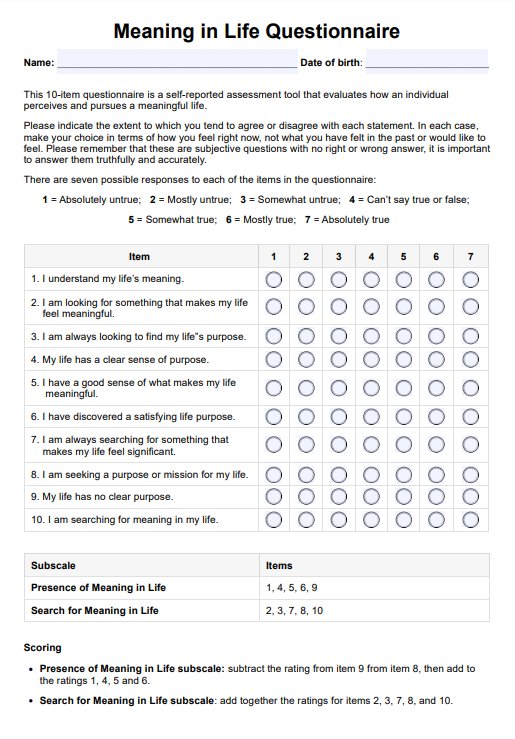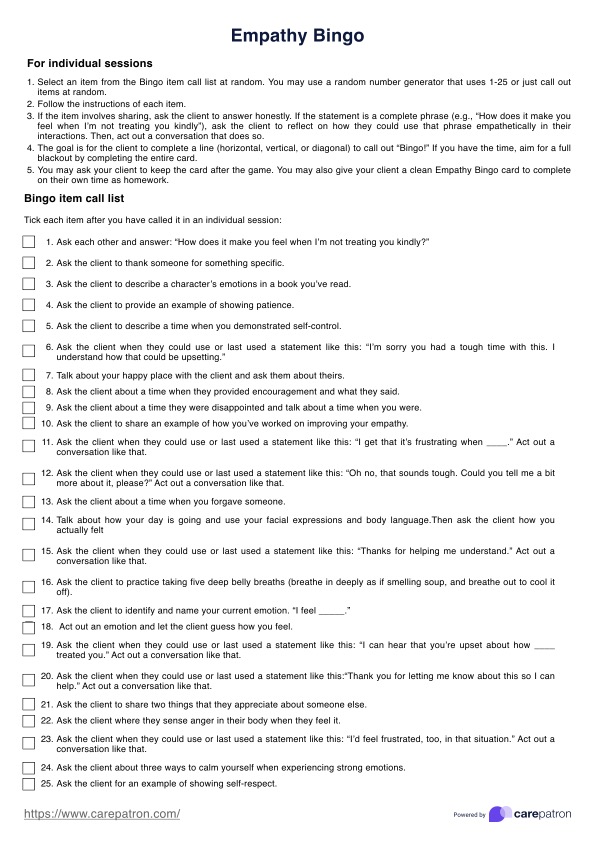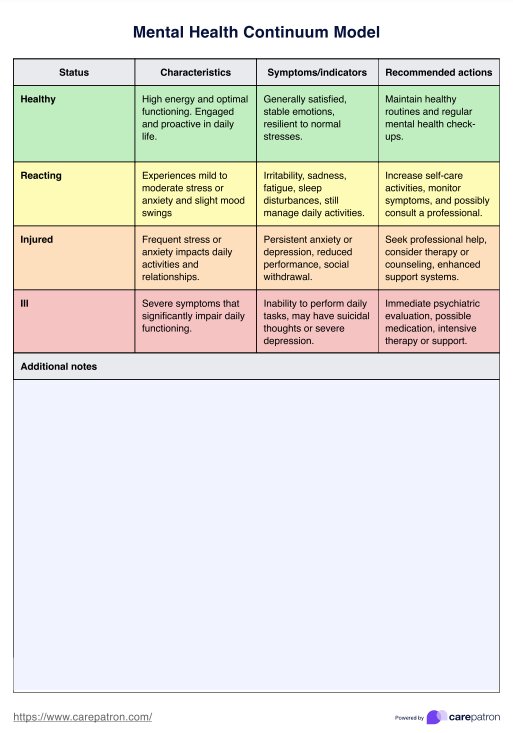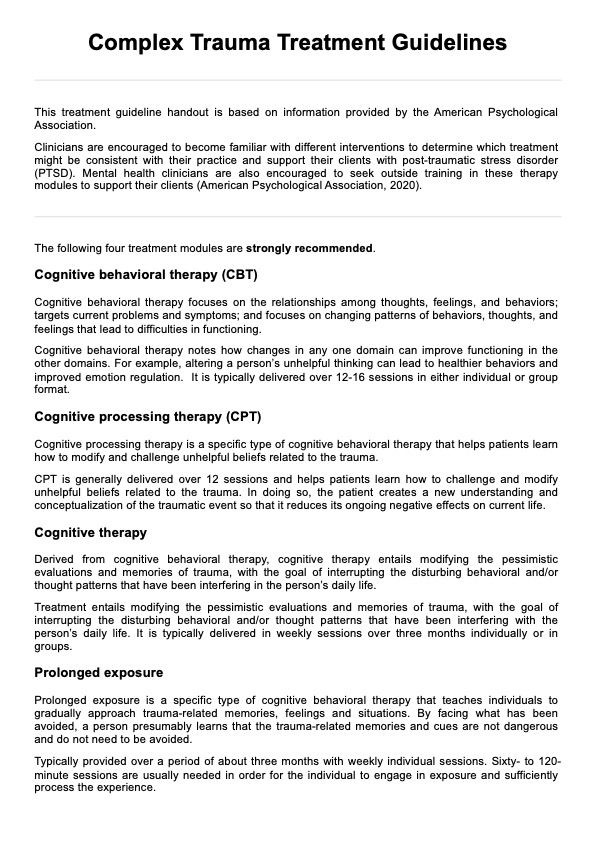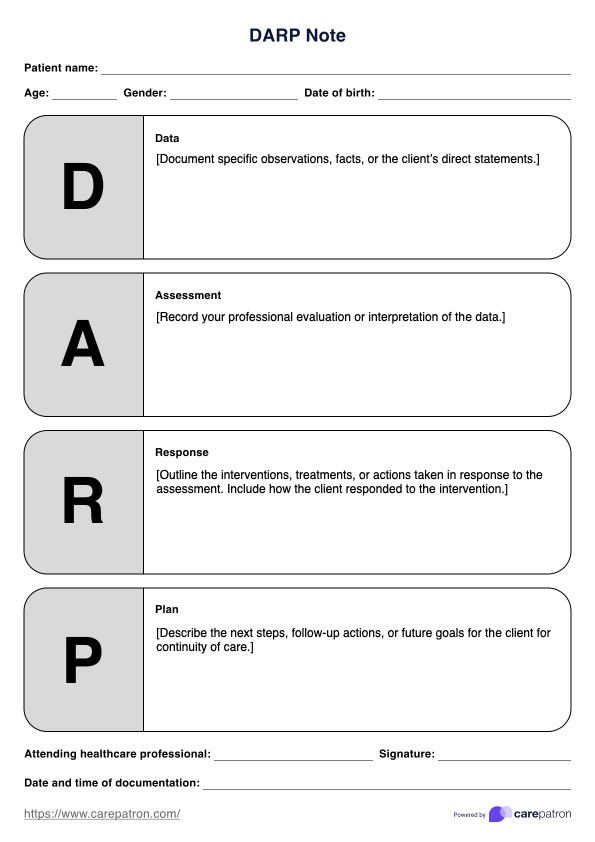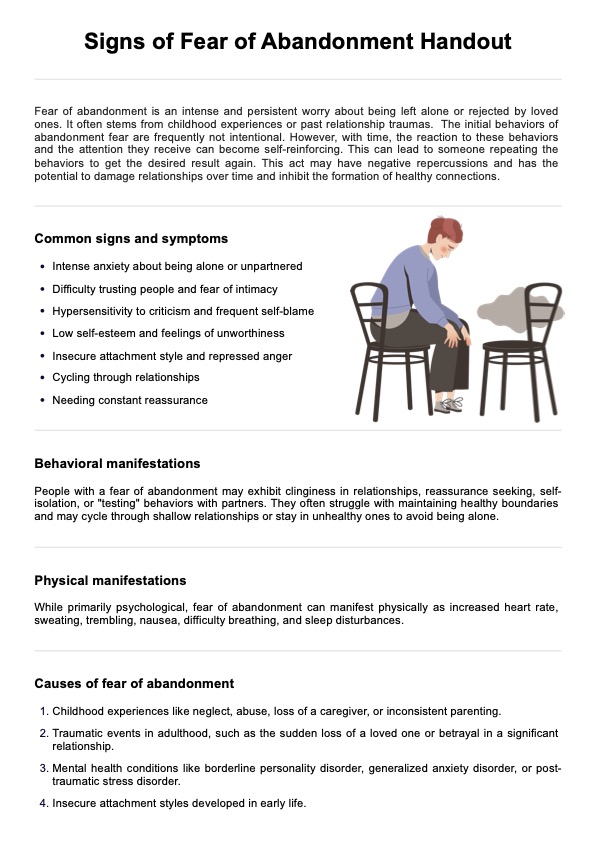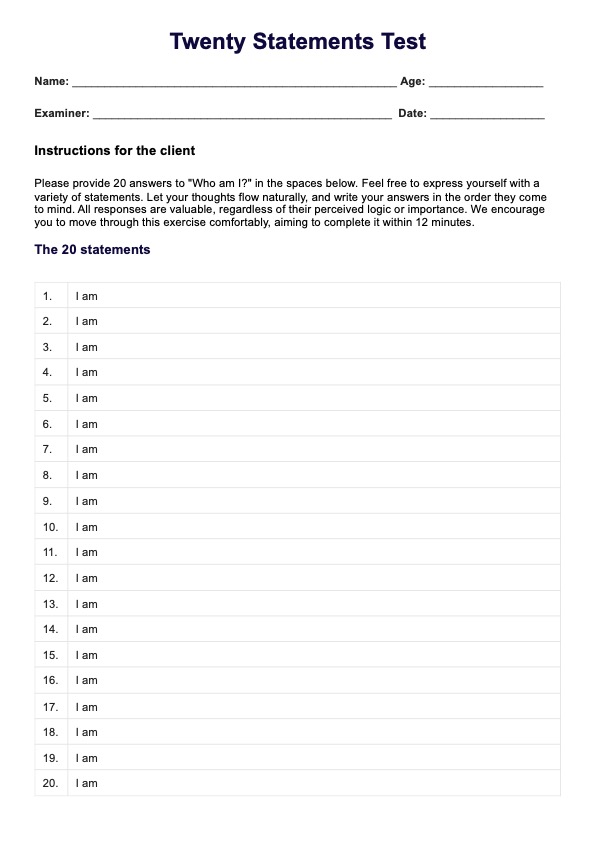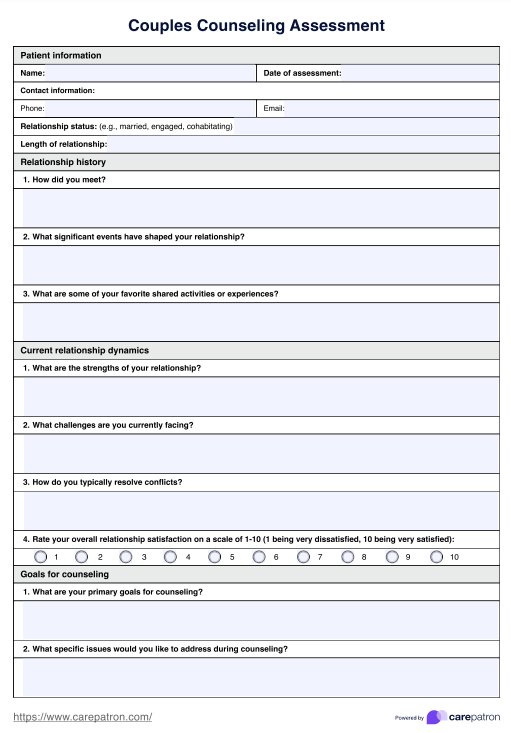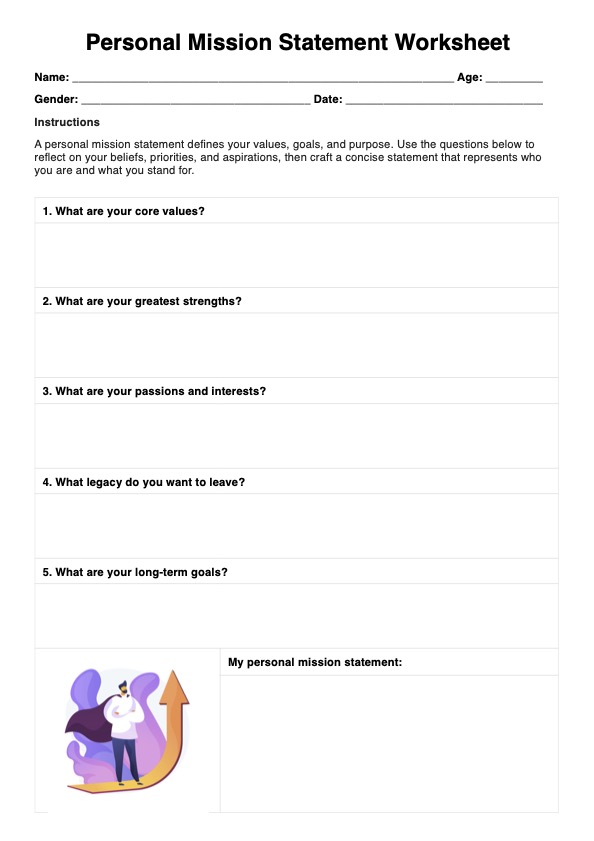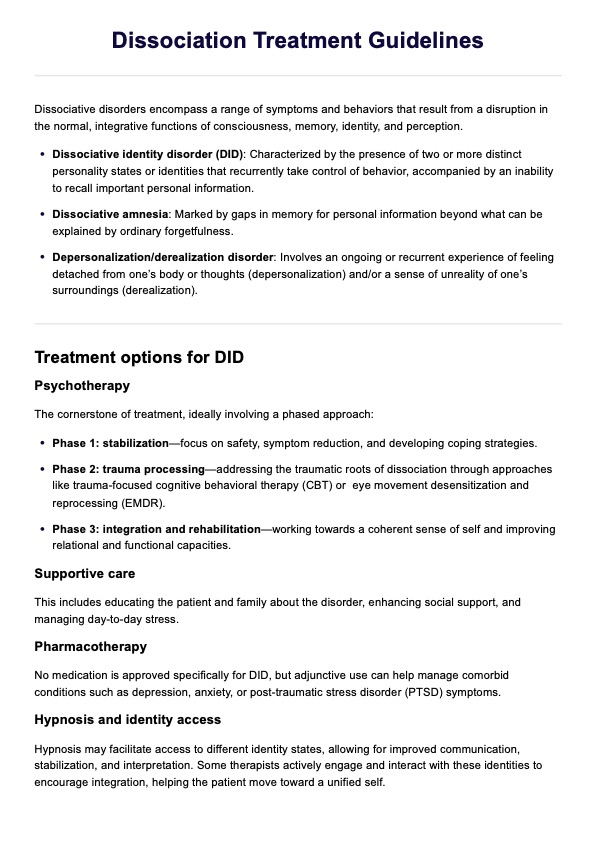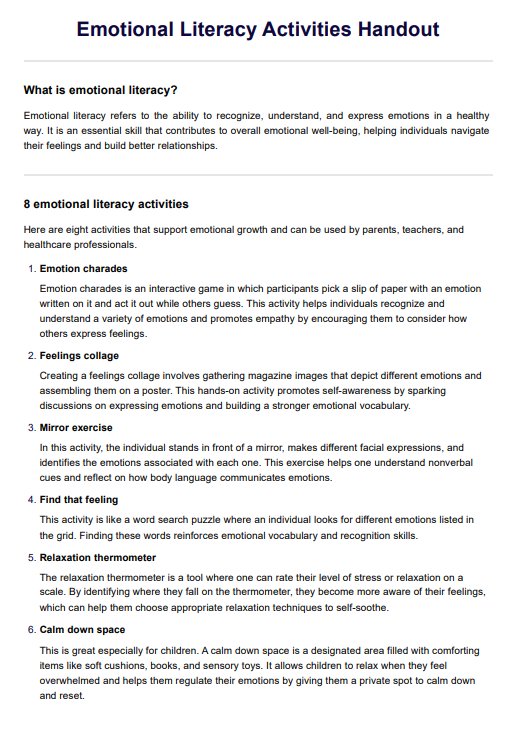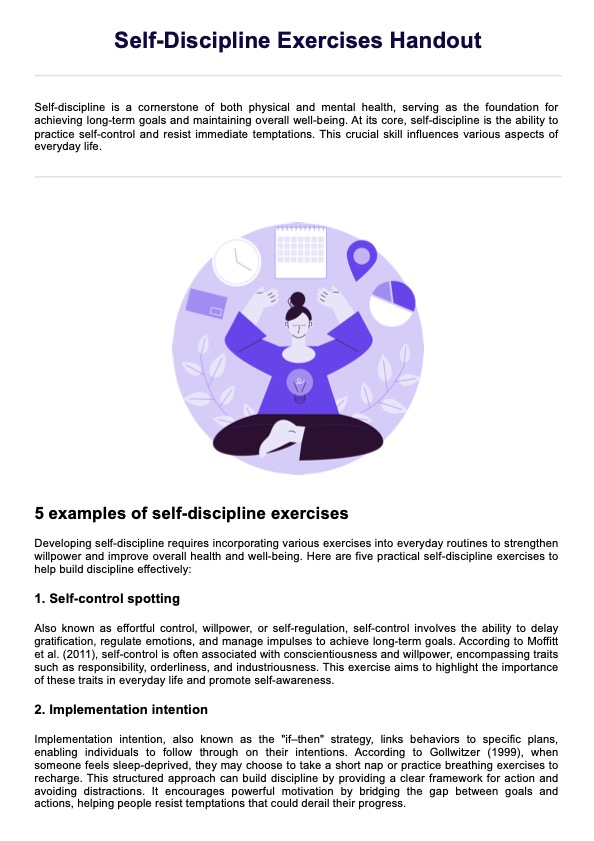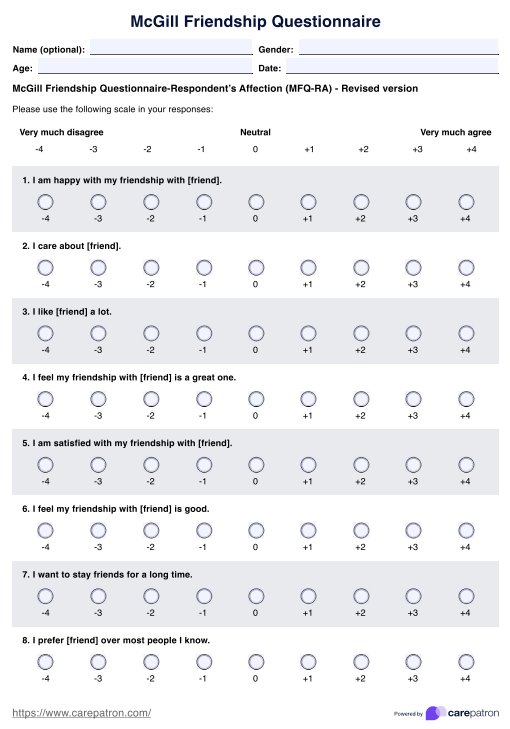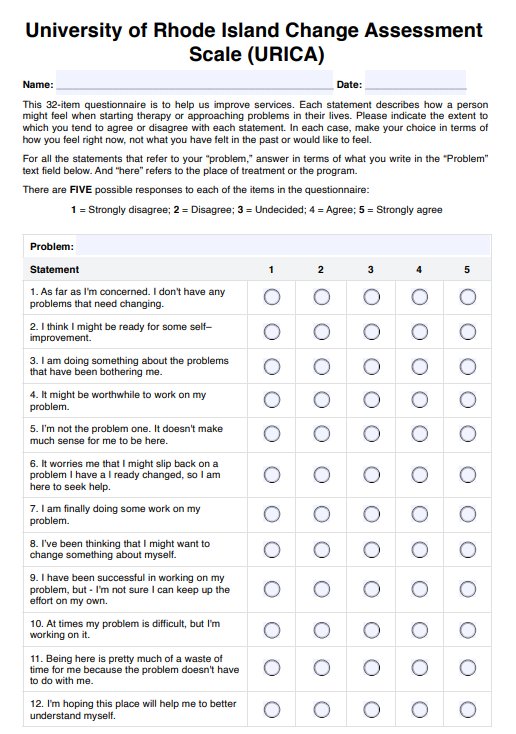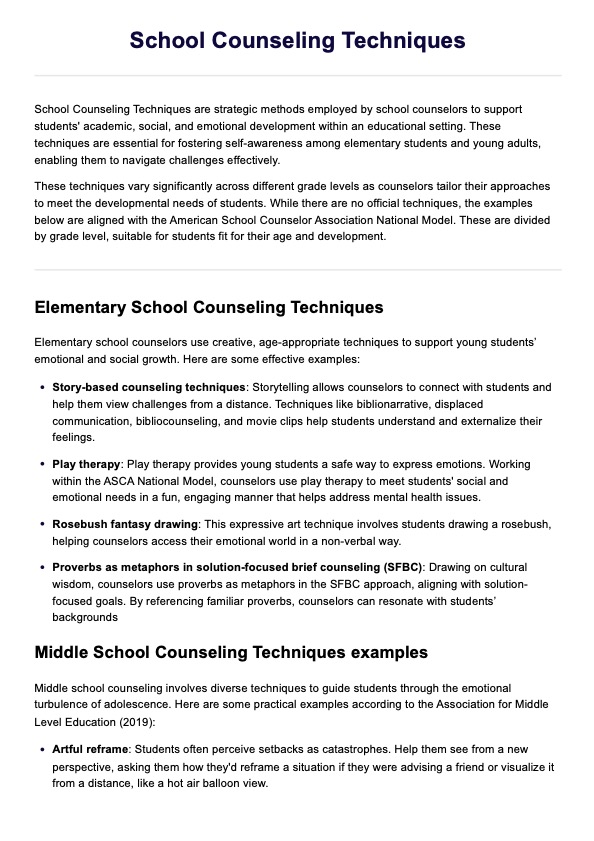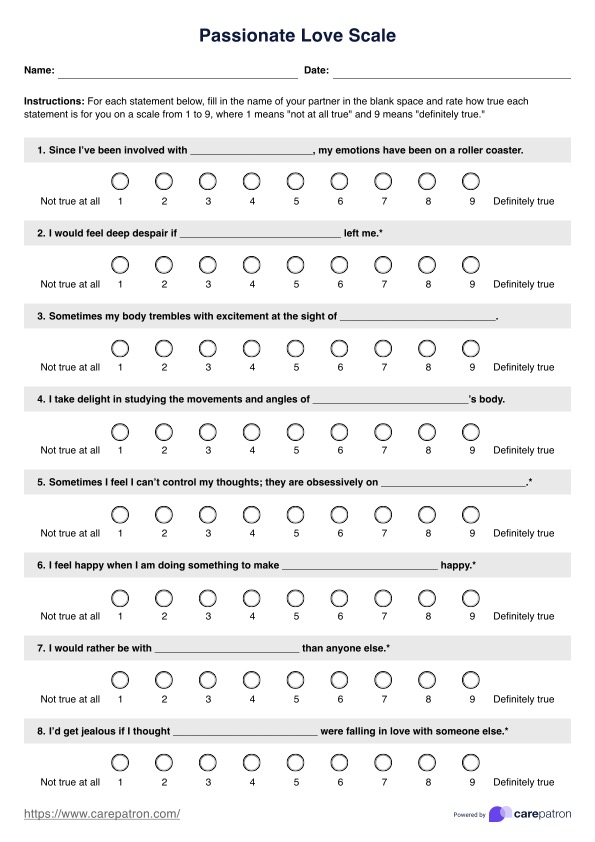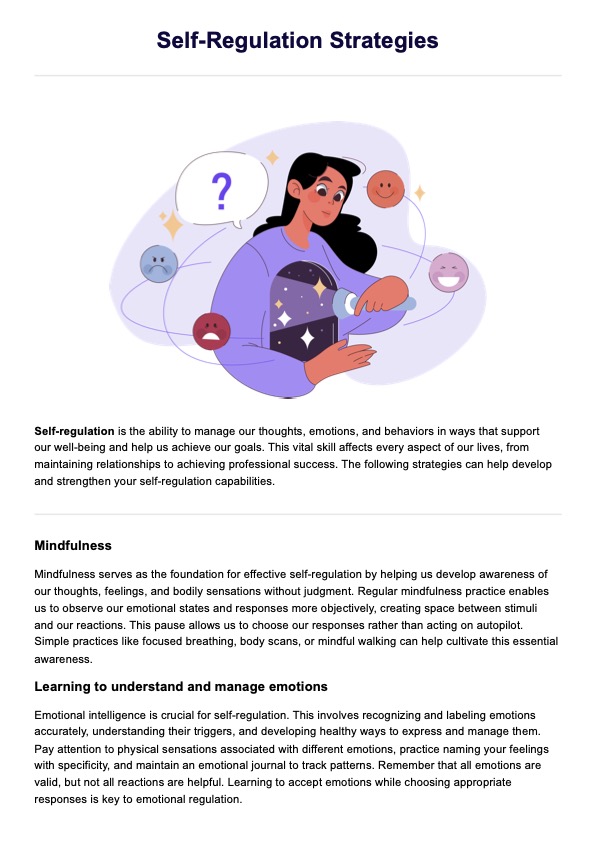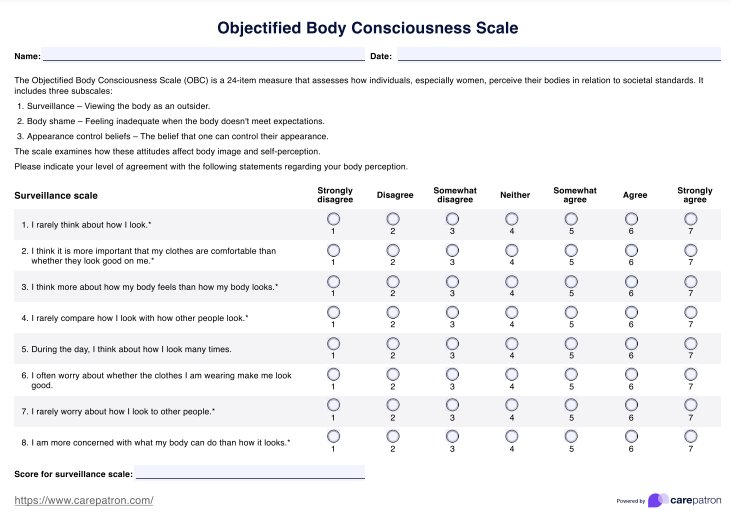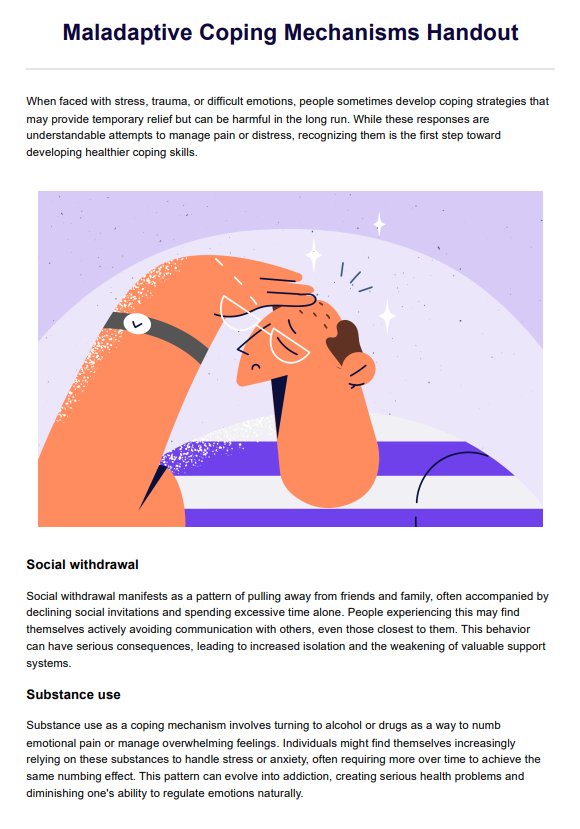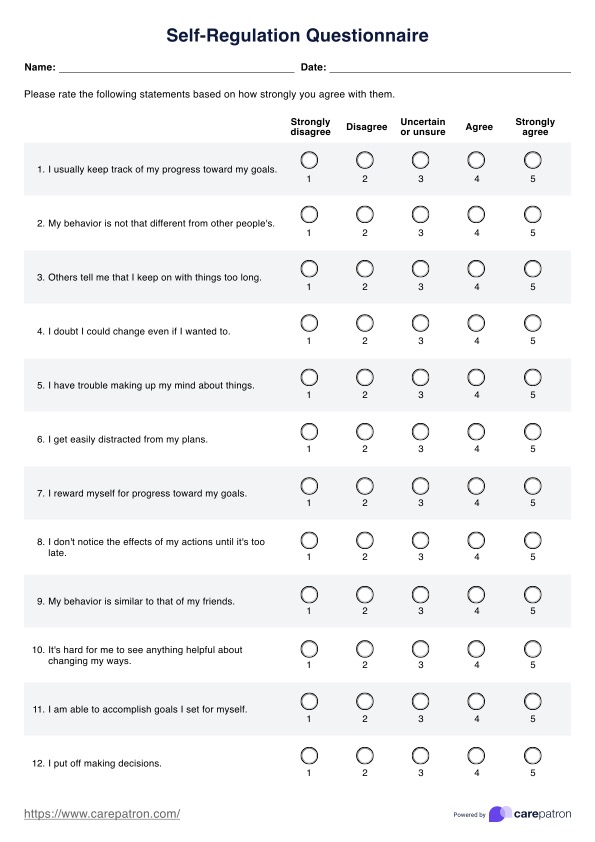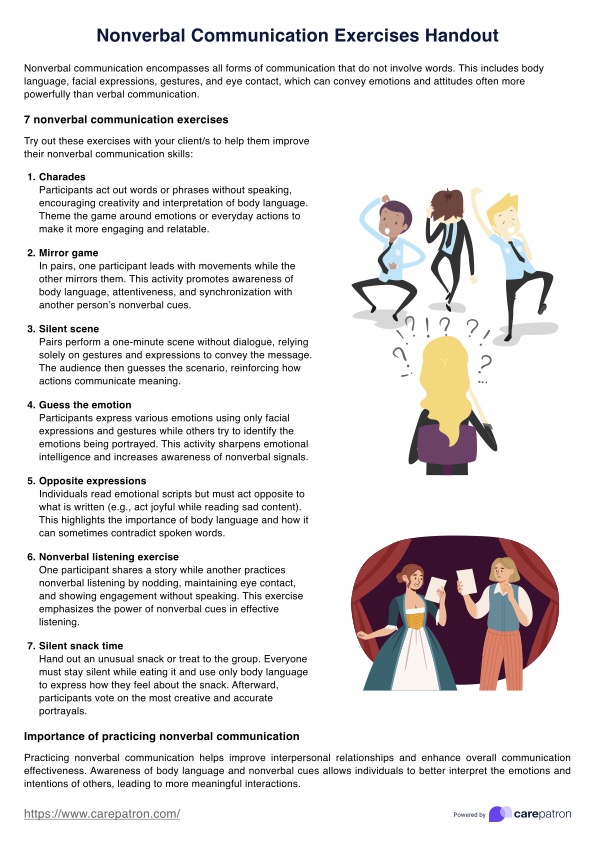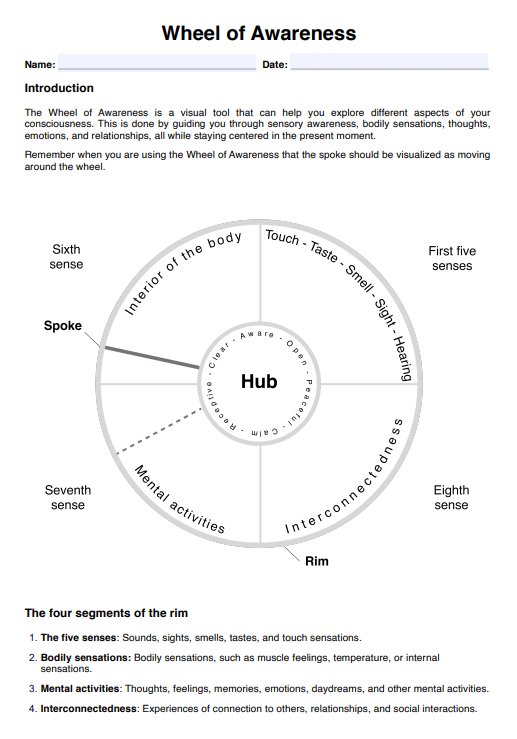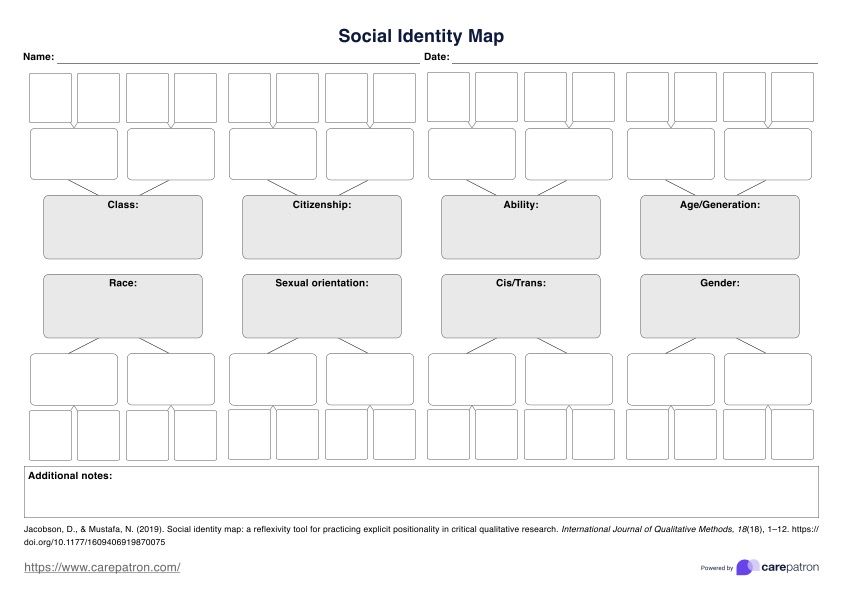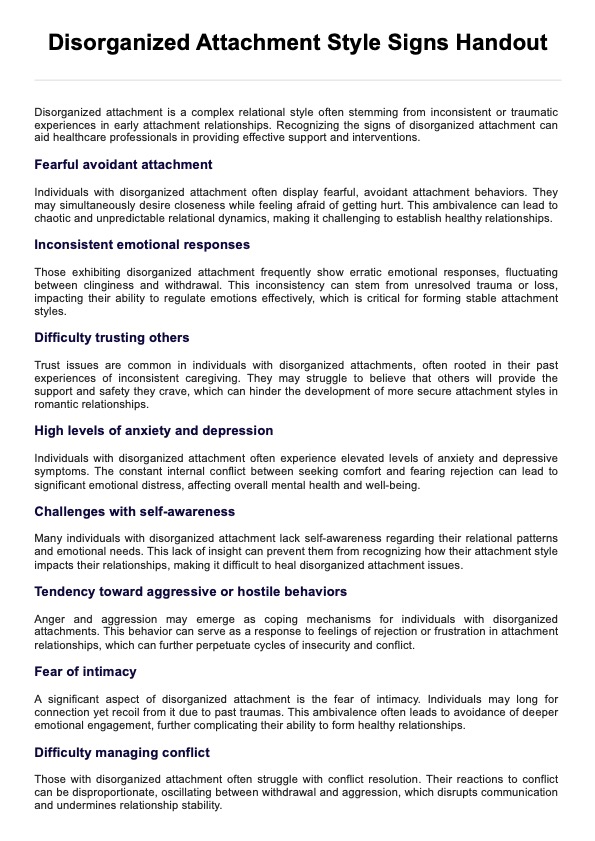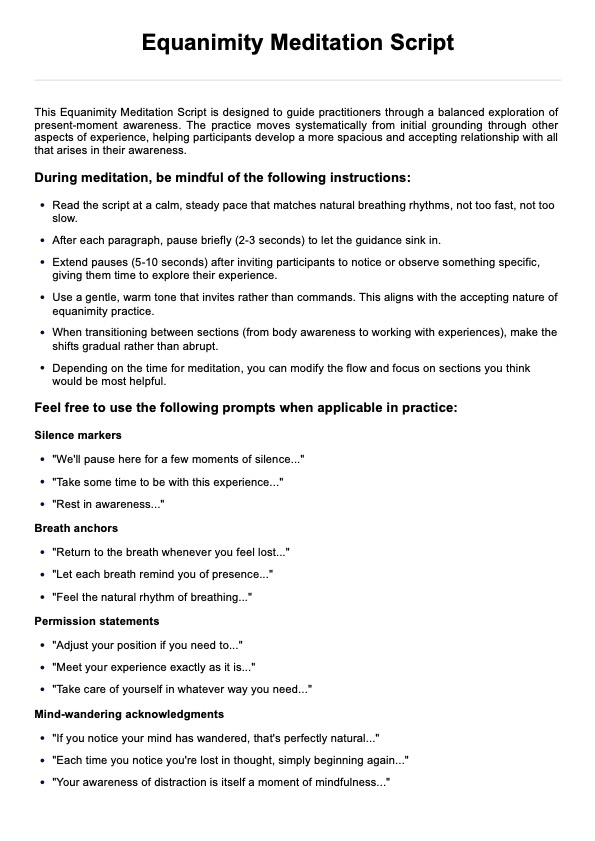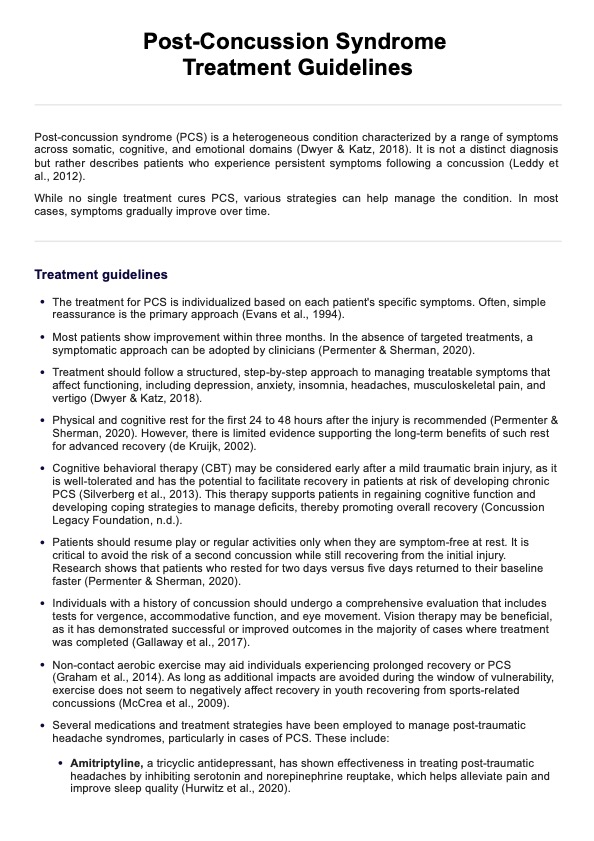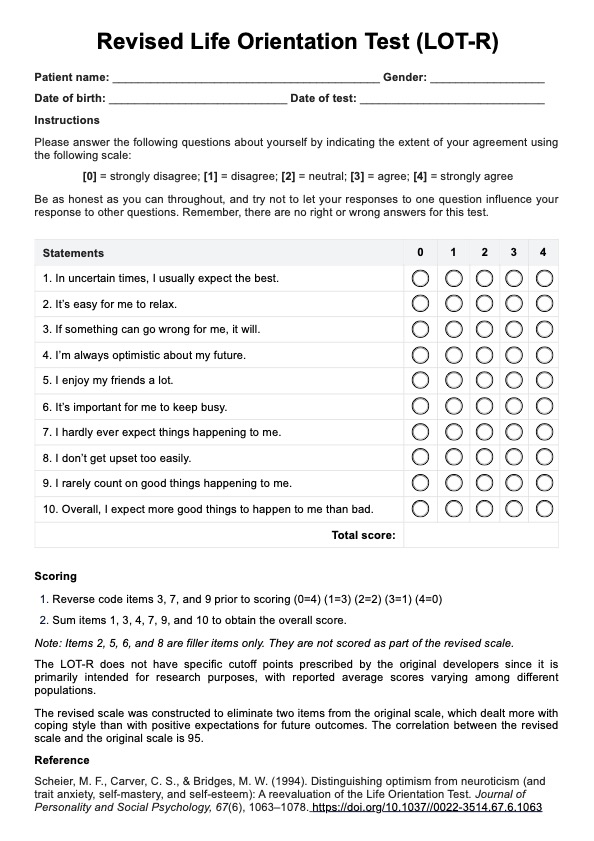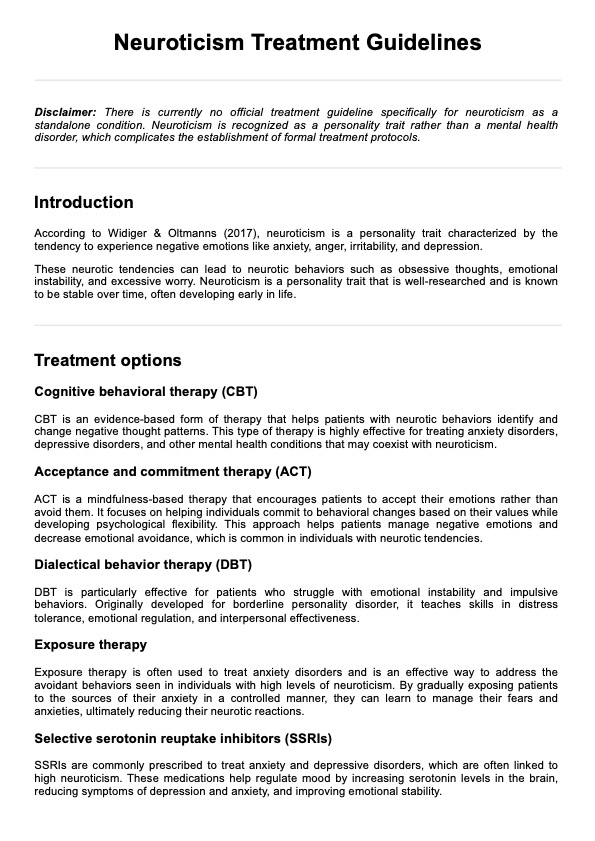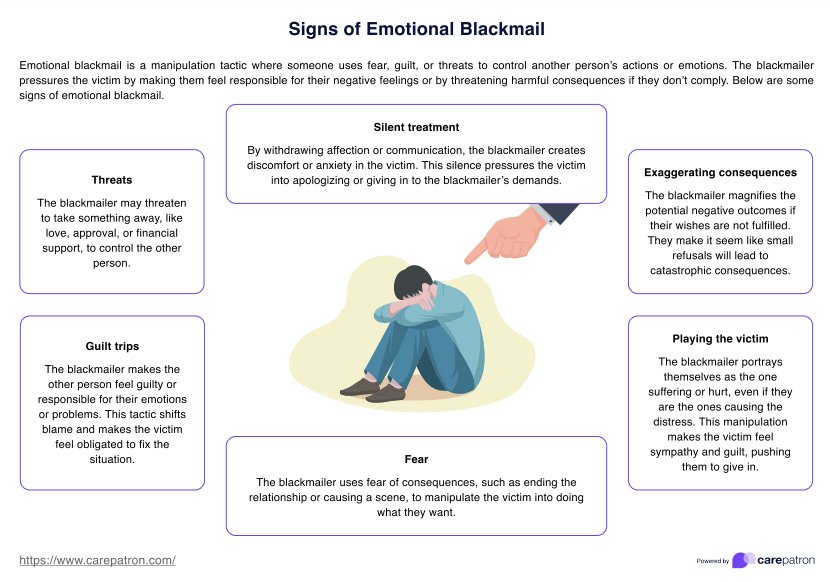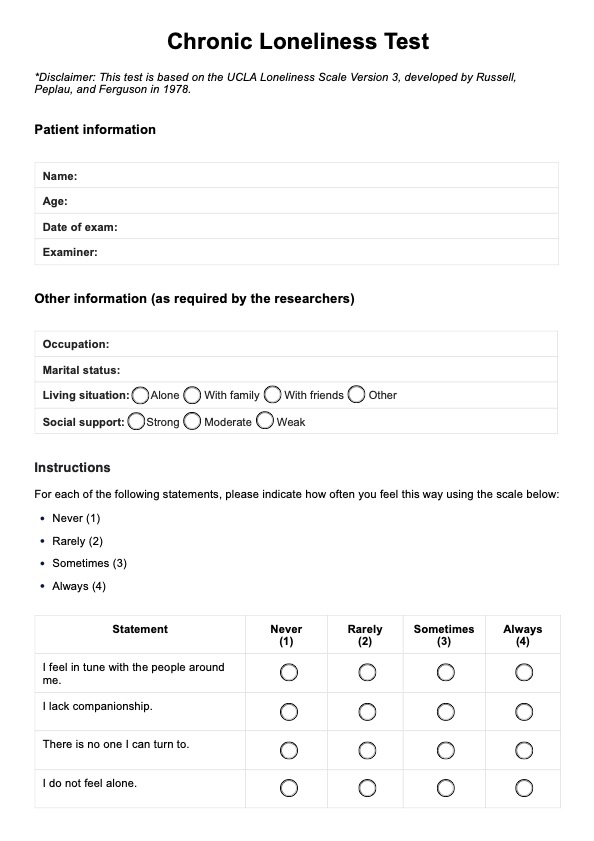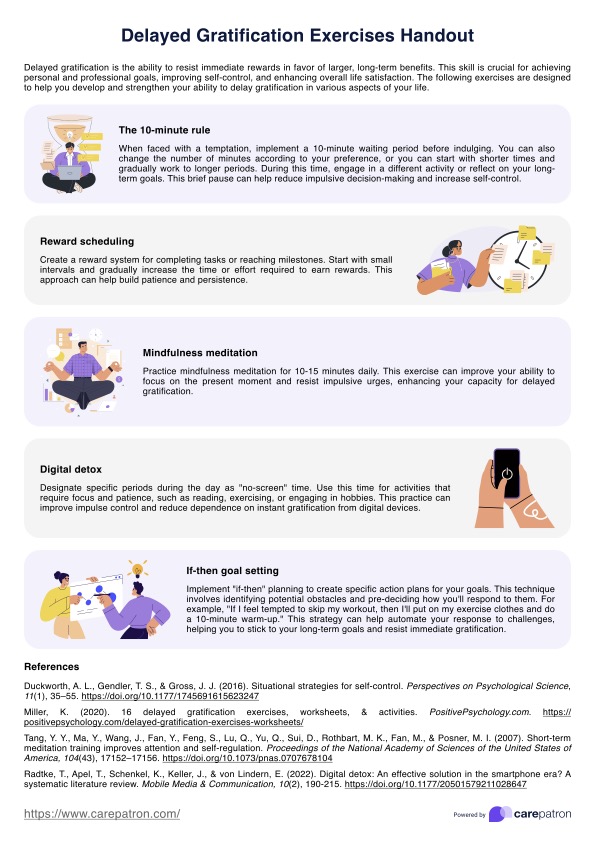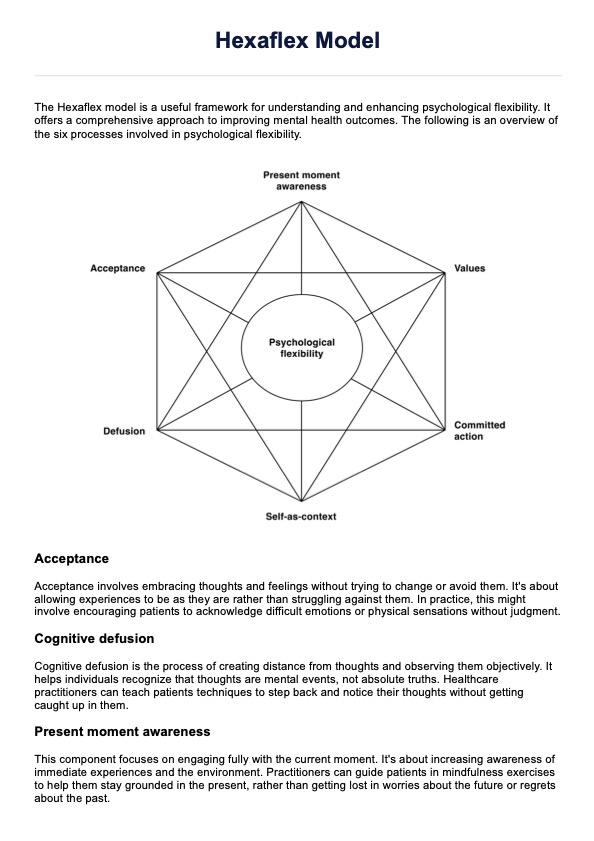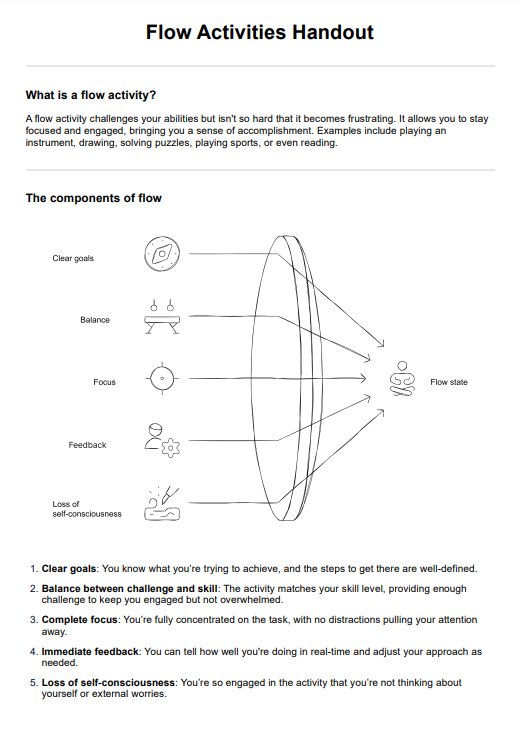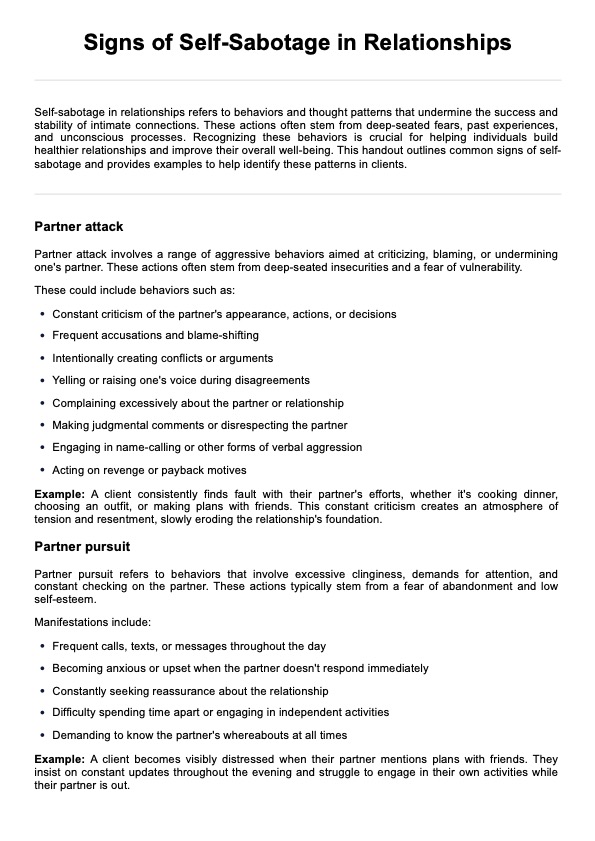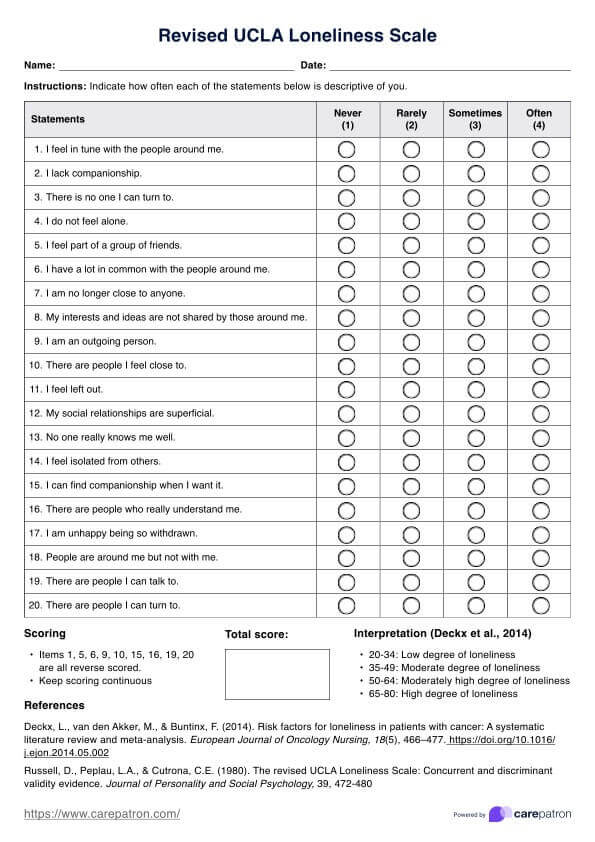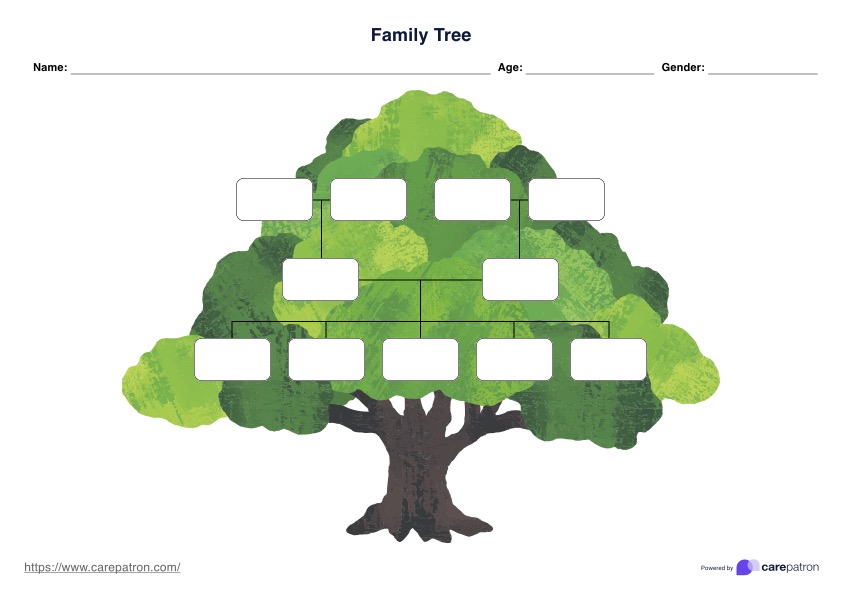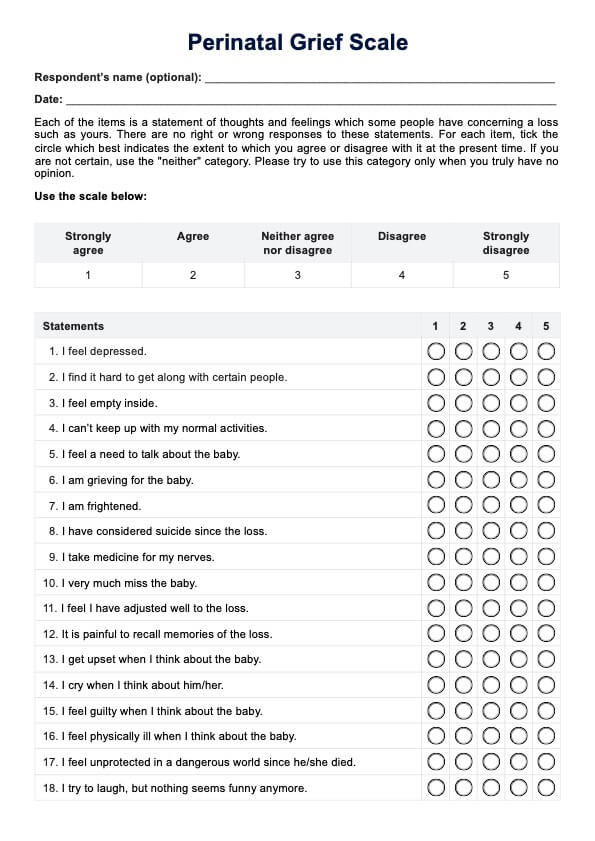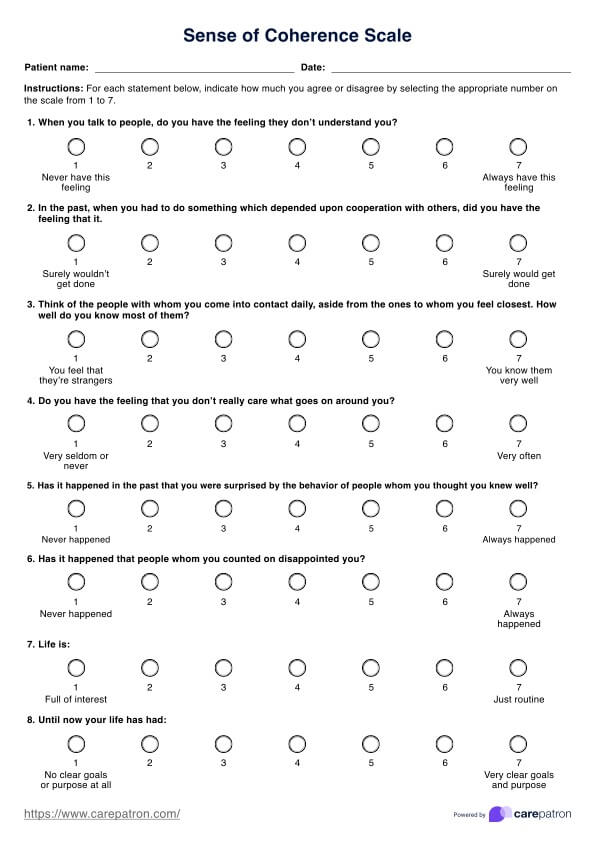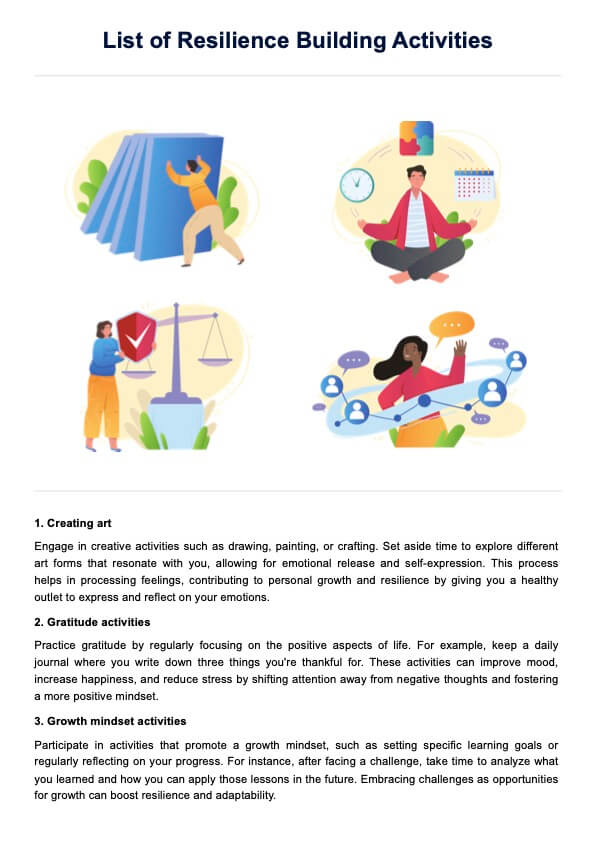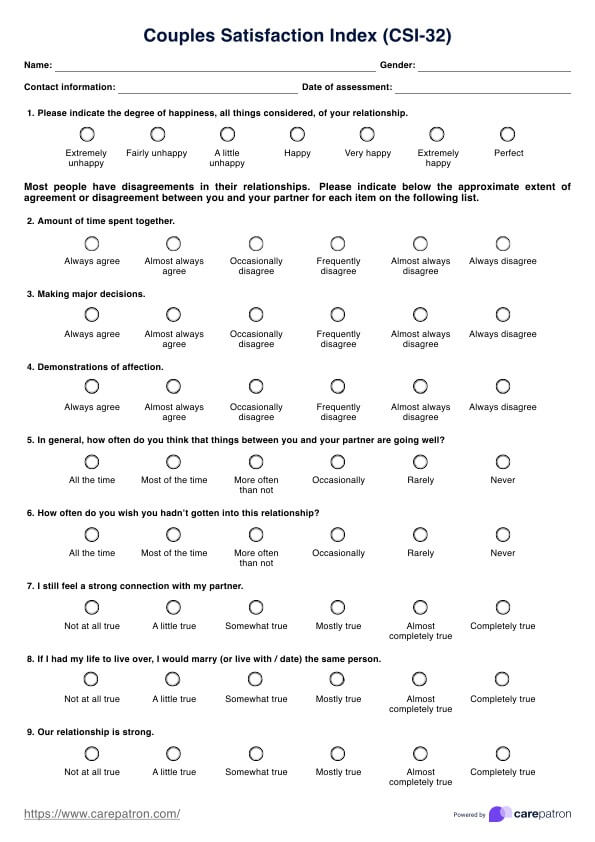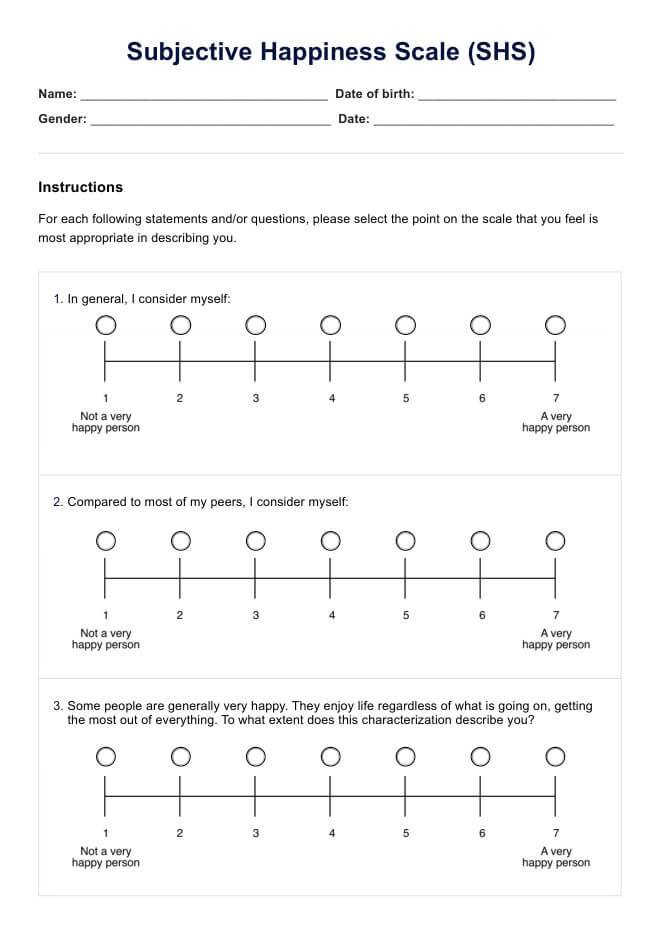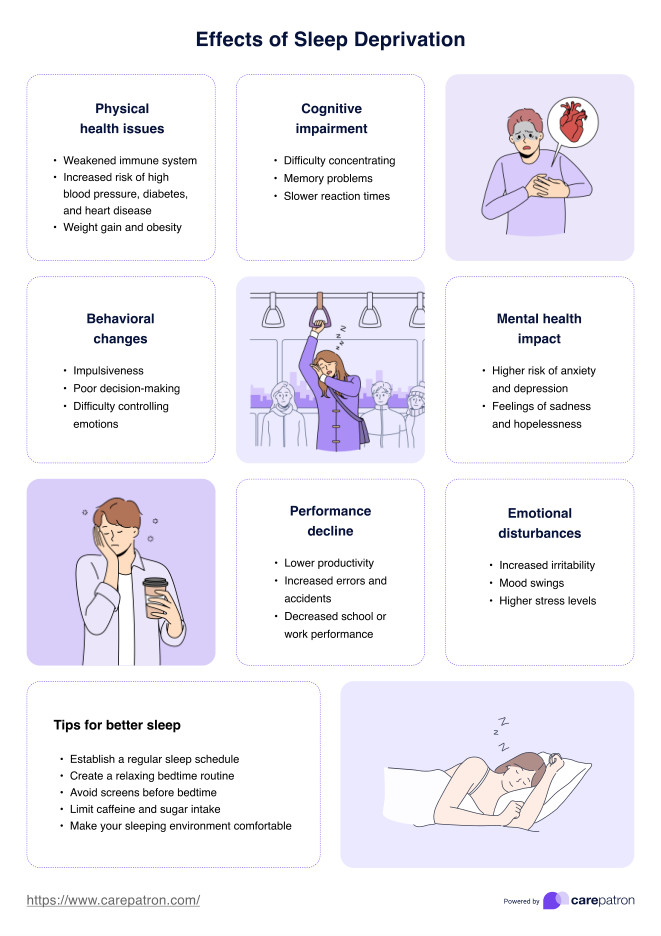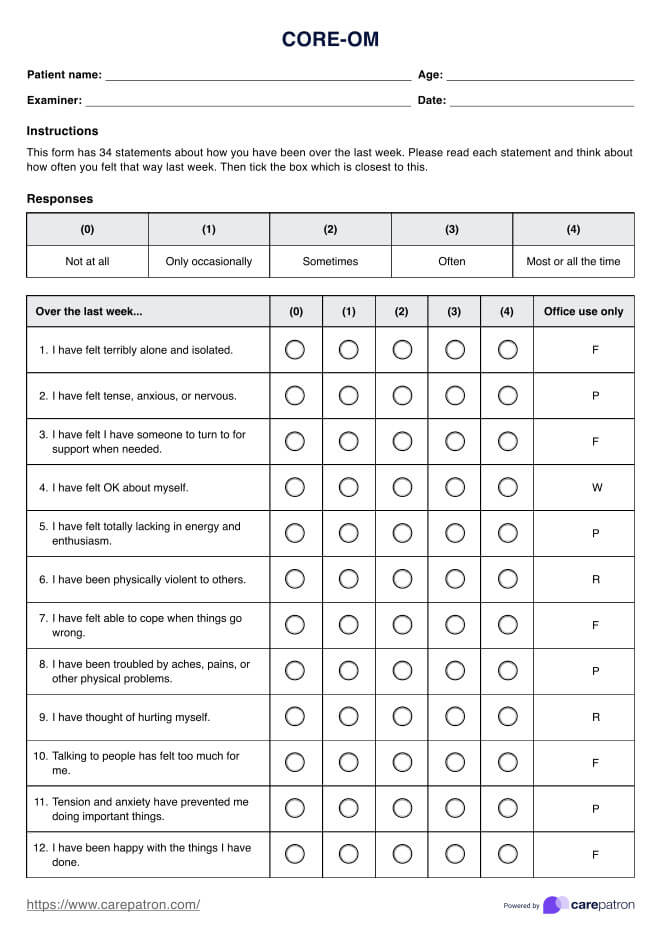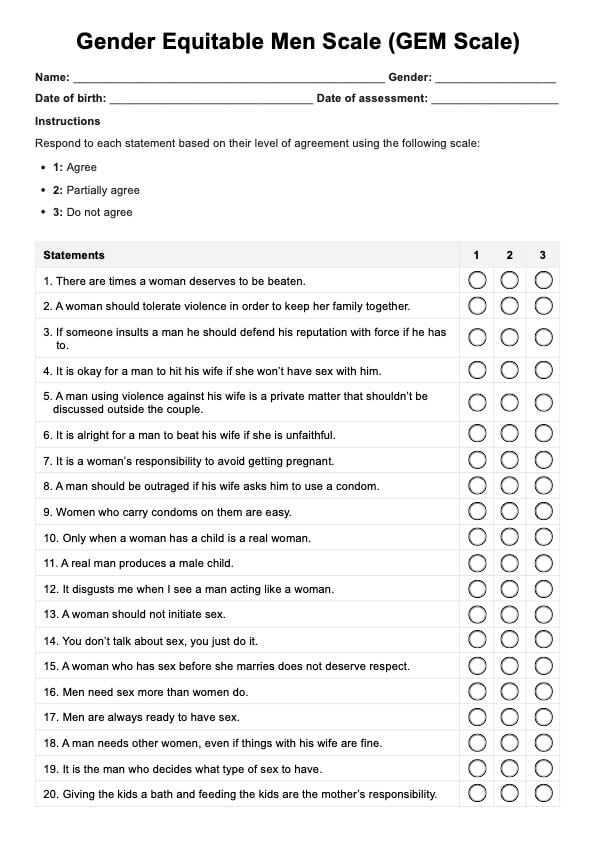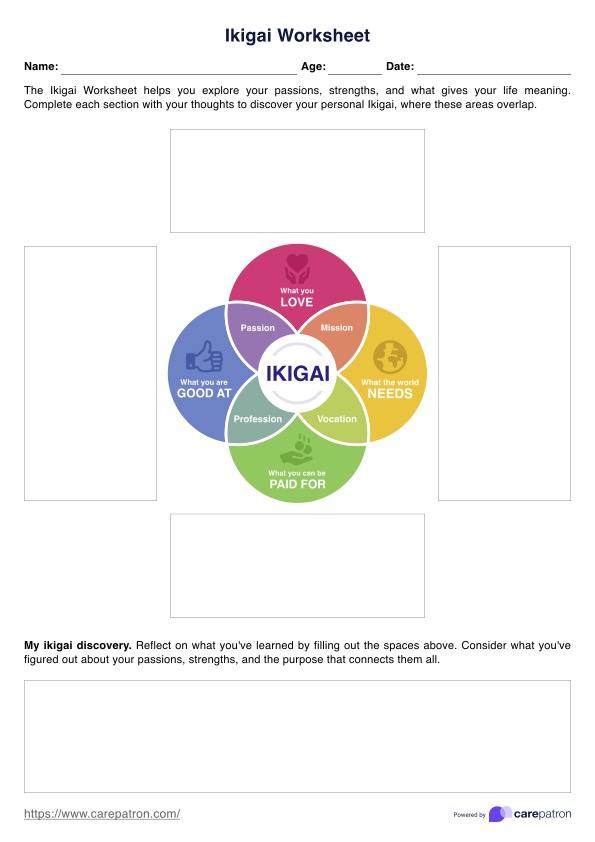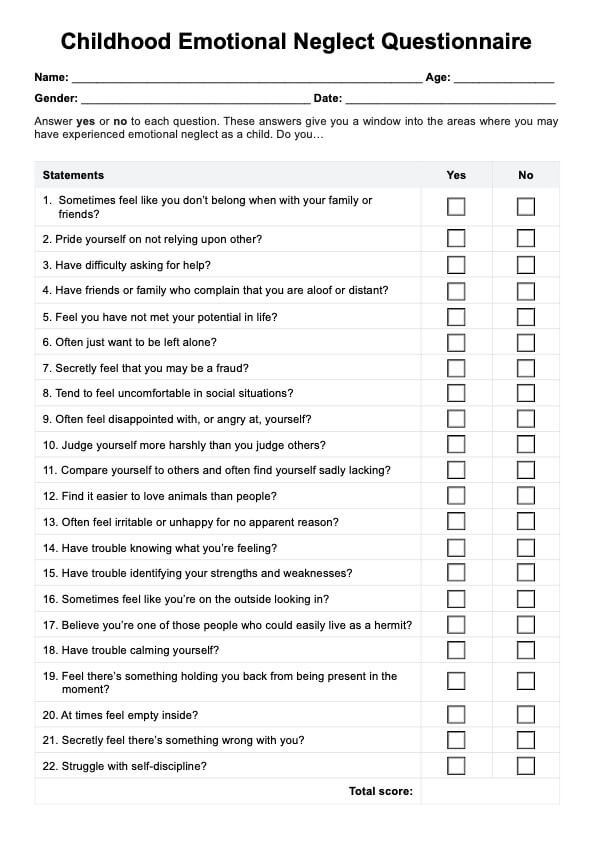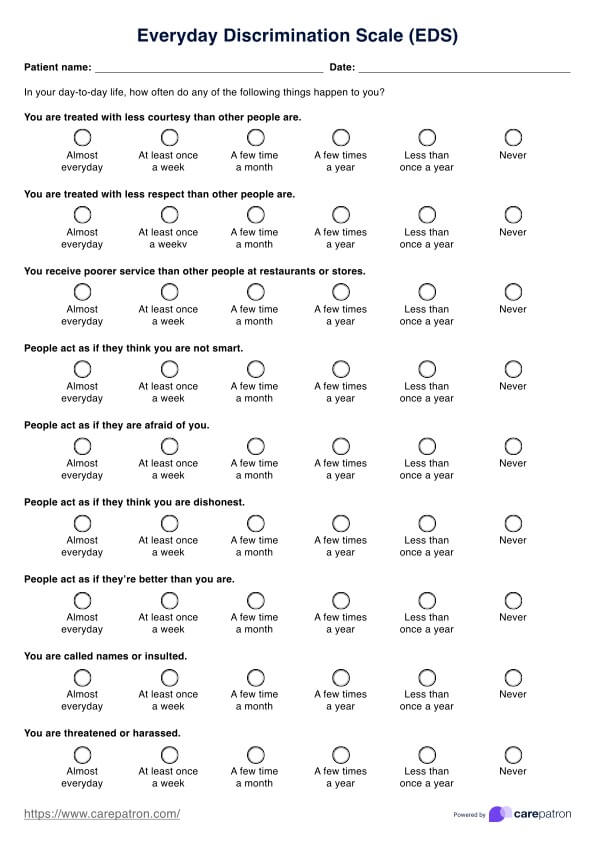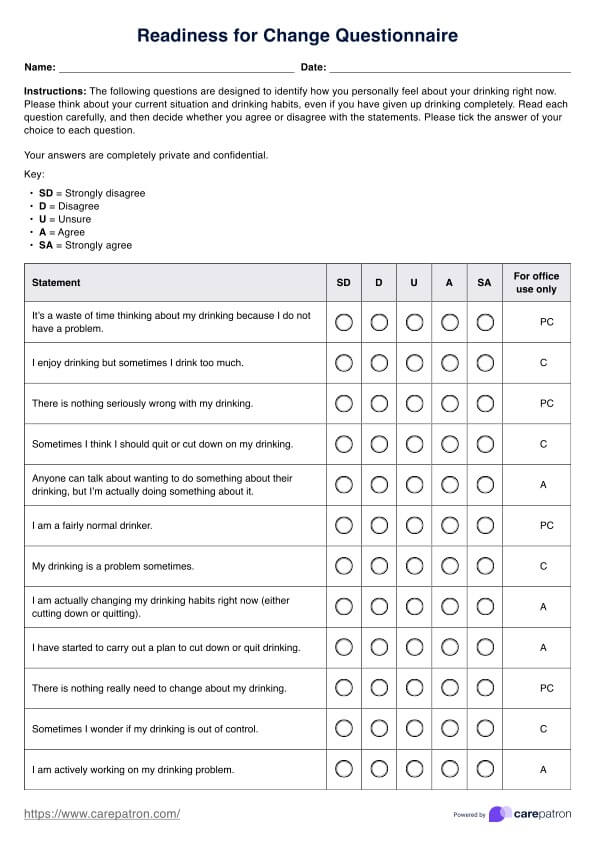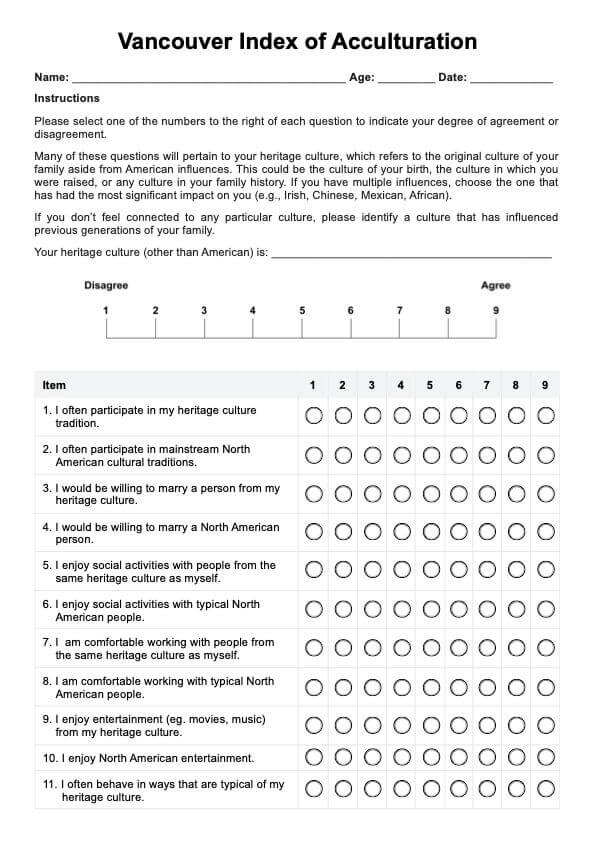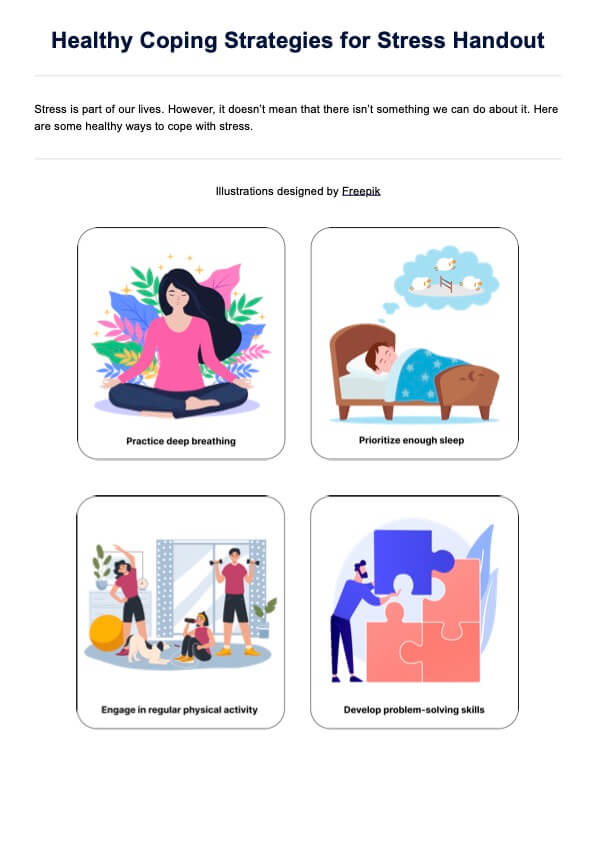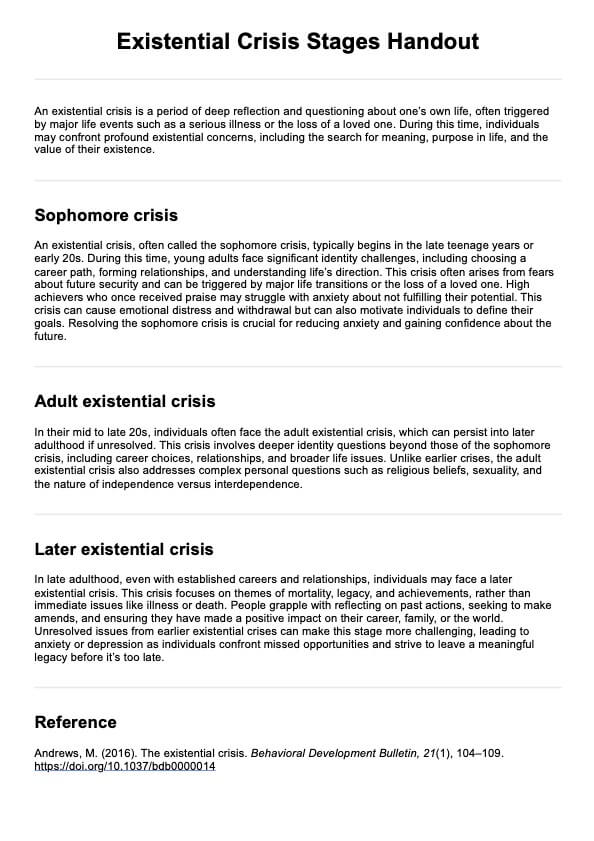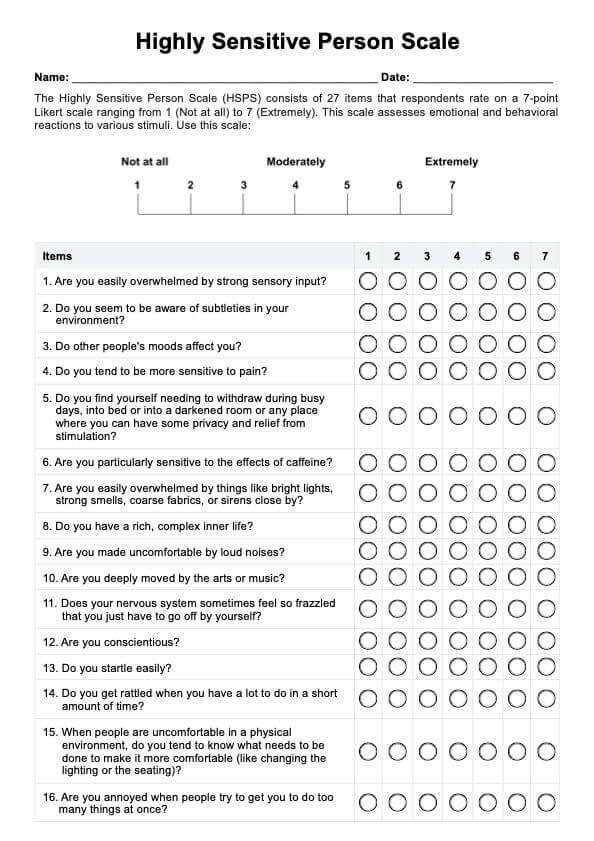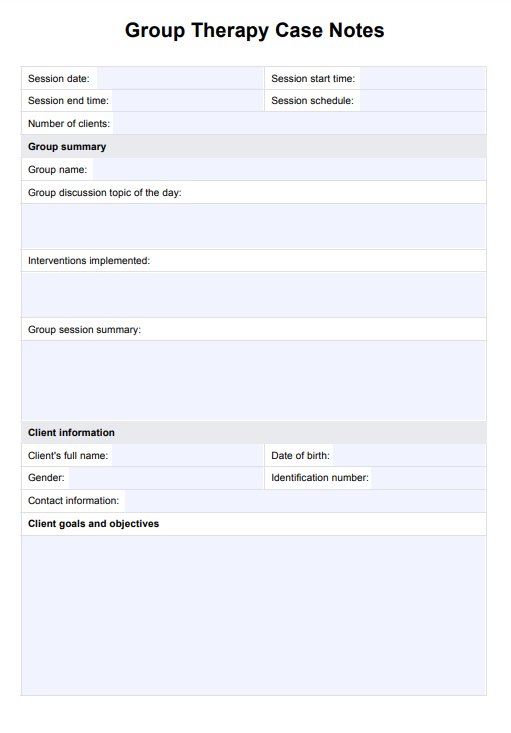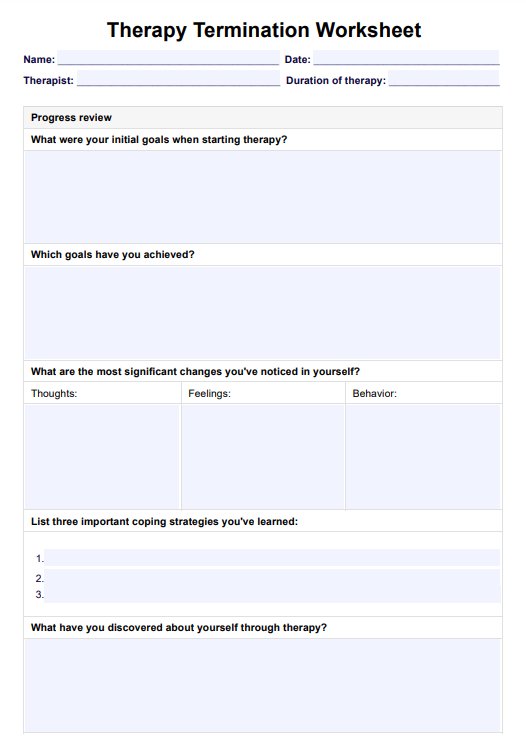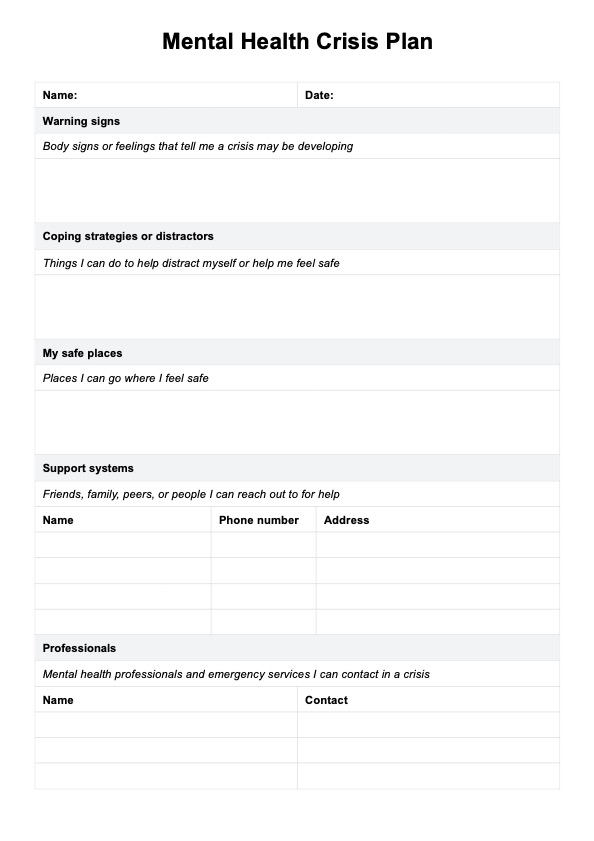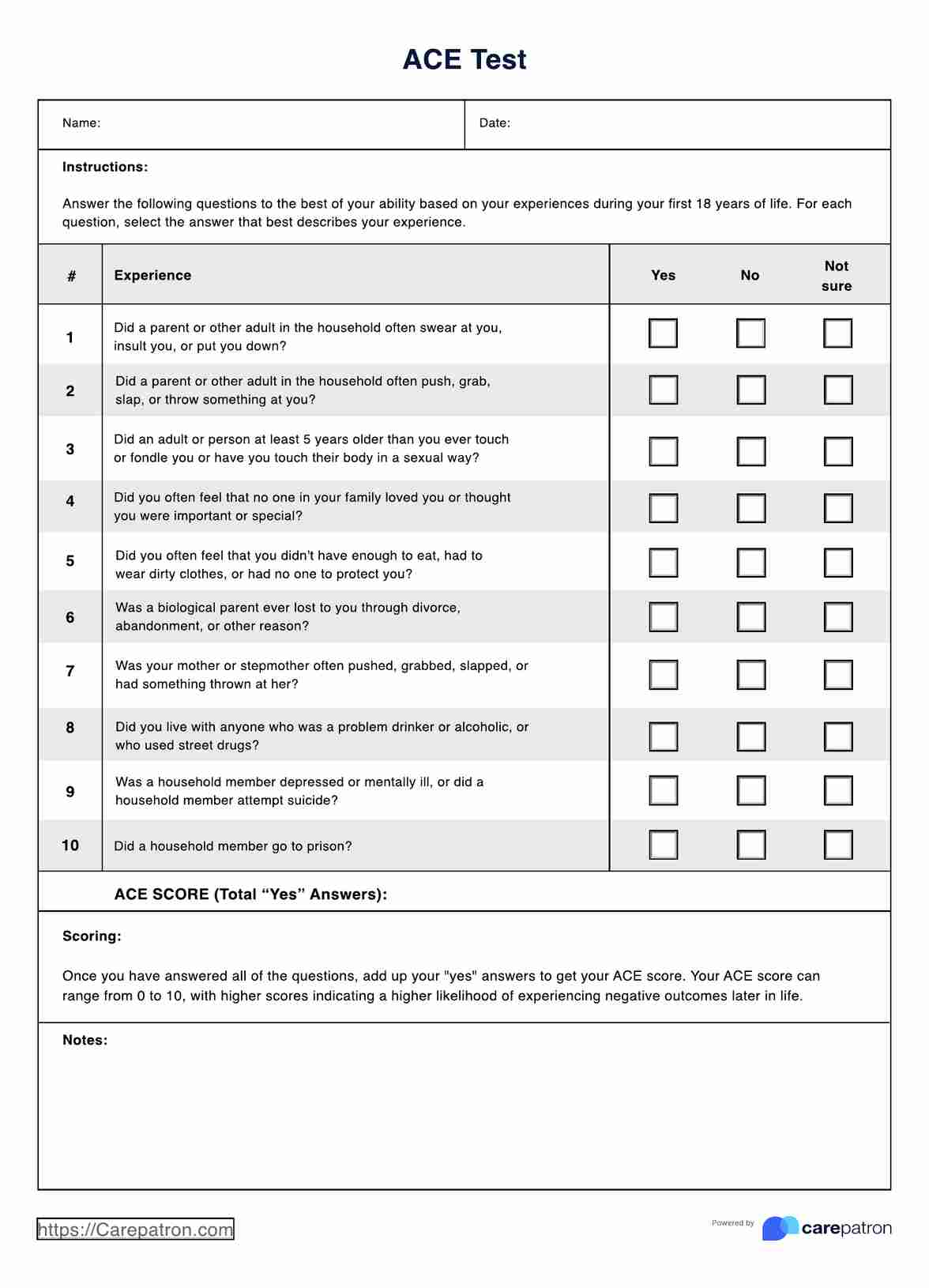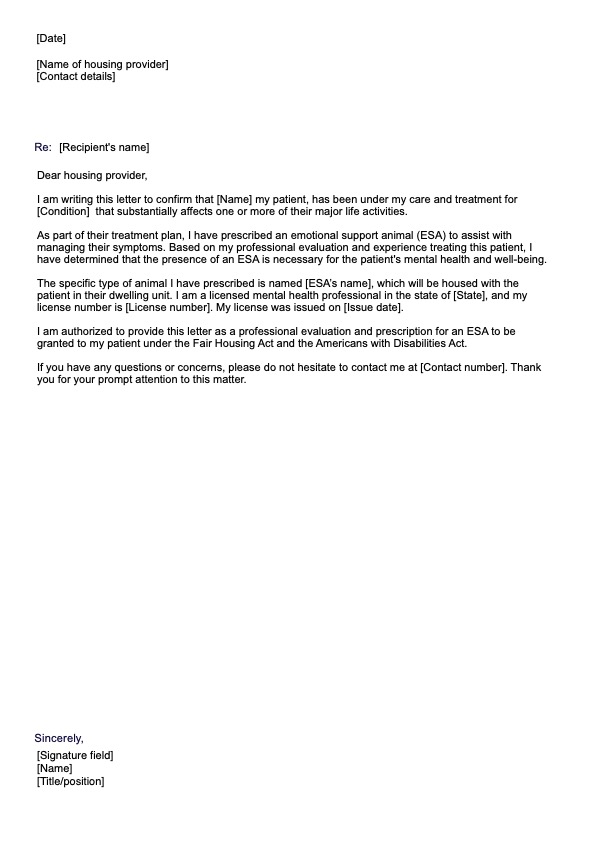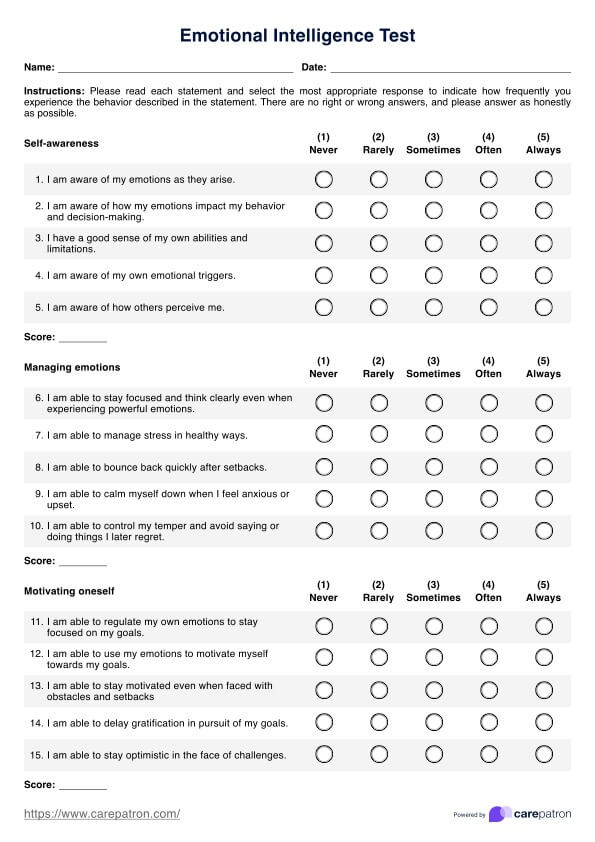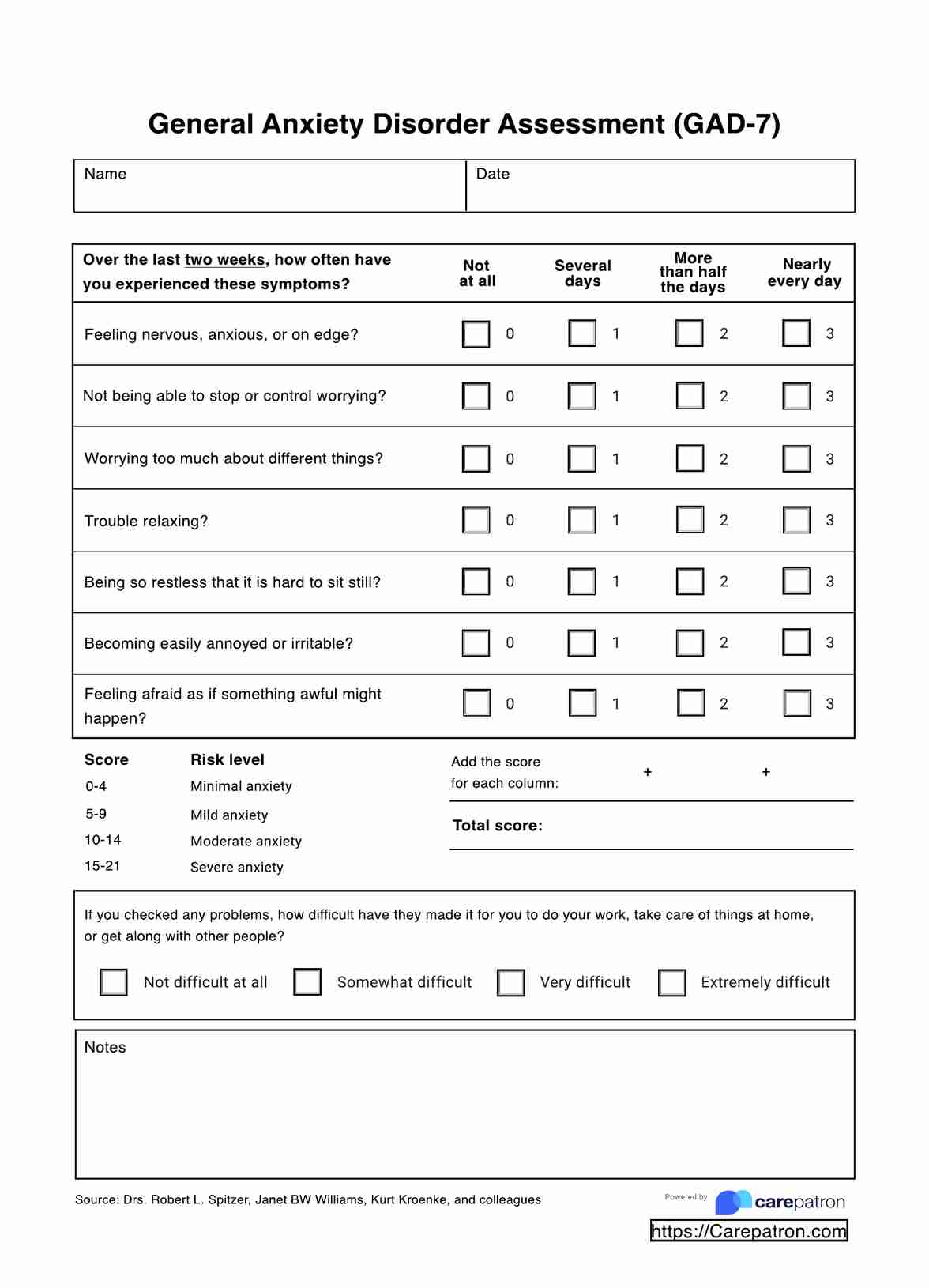Counseling Intake Form Template
Take advantage of a free Counseling Intake Form Template for your counseling private practice. With this downloadable PDF, you can improve efficiency and save time.


What is a counseling intake form?
Counseling intake forms, or therapy intake forms, are provided to clients before their first session at a counseling practice. These forms are similar to patient registration forms and are designed to collect a range of important information. This typically includes personal details, emergency contact details, client medical history (such as mental health history and substance abuse history), insurance details, and the client’s reason for seeking counseling.
Collecting this data in advance allows counselors to be better prepared for the session and make more informed decisions shaping the client’s mental health treatment journey. Counseling intake forms are typically provided alongside an informed consent form.
In addition to gathering essential information, a counseling intake form helps standardize the intake process for new clients. It ensures the mental health professional can access all necessary details from the start and assist in streamlining insurance verification or billing situations.
Counseling Intake Form Template
Counseling Intake Form Template Example
How does this intake form template for counseling work?
Using our Counseling Intake Form Template is quick and simple. Here’s how to get started in just two easy steps
Step 1: Download the Counseling Intake Form Template
Click on "Download" from the template preview to get a fillable PDF copy of our template. Alternatively, you can customize this based on your preferences or the client's needs by clicking "Use template" to edit it within the Carepatron platform.
Step 2: Share it with your clients
Send the form to your clients before their appointment. You can email it directly, share it through your patient portal, or even offer a tablet in your waiting room if they prefer to fill it out in person. This makes the intake process quicker and easier for everyone.
Step 3: Store completed forms securely
After your clients complete the form, store it safely as a reference for future counseling sessions. If you’re working with physical copies, keep them in a locked filing cabinet. For digital forms, use a HIPAA-compliant system or secure cloud storage. This keeps your client's information confidential and easily accessible for their session.
When would you use a counseling intake form?
If you’re wondering when it makes sense to pull out a counseling intake form, here are three common situations where it’s a helpful tool:
When onboarding a new client before their first session
You’ll use a Counseling Intake Form Template when a new client books their first appointment. It’s typically sent beforehand so they can fill it out at home or in the waiting area. This ensures you have their basic information and background details ready before you meet.
When updating client information after a long break from therapy
If a returning client hasn’t been in therapy for a while, you can use the intake form template to update their records. Circumstances like changes in their mental health status, medication, or contact information often need to be reviewed. A fresh intake form helps you capture those updates easily.
When transferring client records to another counselor or practice
You might also use a Counseling Intake Form Template when a client is transitioning to a new counselor or practice. This often happens if the client is relocating, changing insurance providers, or seeking a specialist for a particular issue. A clear and complete intake form ensures all essential information is organized and ready to be shared, helping maintain continuity of care during the transition.
Benefits of using our Counseling Intake Form Template
In addition to having various uses, our counseling intake form is guaranteed to benefit your practice in a range of different ways, including the following:
Enhanced patient experience
Using a counseling or therapy intake form template helps to speed up the waiting room process, allowing patients to get seen faster on the day of their session. Although this may seem like a minor improvement, reducing the possibility of patients feeling stressed or frustrated is essential in improving patient experience and therapeutic process.
Smoother workflow
Reducing wait times improves patient experience and helps increase workflow efficiency. Manual processes for completing intake forms and other administrative tasks slow down workflow and can reduce productivity. With our intake form, patients can complete these tasks before entering the practice, freeing up time to offer more appointments.
Improved accuracy
Human error is a common source of mistakes in the healthcare delivery process. While not all errors can be entirely avoided, tools such as intake form templates can significantly reduce them. These templates include all the necessary information, allowing counselors to distribute them to clients for completion. When the information collected is accurate and thorough, it supports better decision-making and helps strengthen the therapeutic relationship.
Commonly asked questions
Counseling forms have various uses. They help streamline patient onboarding and get new clients through your doors efficiently and productively. They are also a good tool for getting to know your clients before a session. This way, you can come to your first appointment more prepared and with a basic understanding of your patient's needs.
This will depend on each patient's experiences. However, intake forms aren't designed to take hours to complete. You can let your patients know they should set aside 5-10 minutes to complete the intake form before their first session with you.
These relevant forms can vary slightly depending on the healthcare specialization. For counseling, it is typical to use intake forms that gather the following information: personal details, emergency contact information, employer information, medical history, and information regarding why the patient is seeking counseling treatment. Make sure you use clear and concise language so clients can easily understand the form.
Some counseling practices may offer intake interviews in addition to using an intake form. These are essentially early sessions with a client that covers information similar to what is included in the intake form. Through this verbal conversation with the client, the counselor can build their understanding of their specific needs and how the counseling process may proceed.


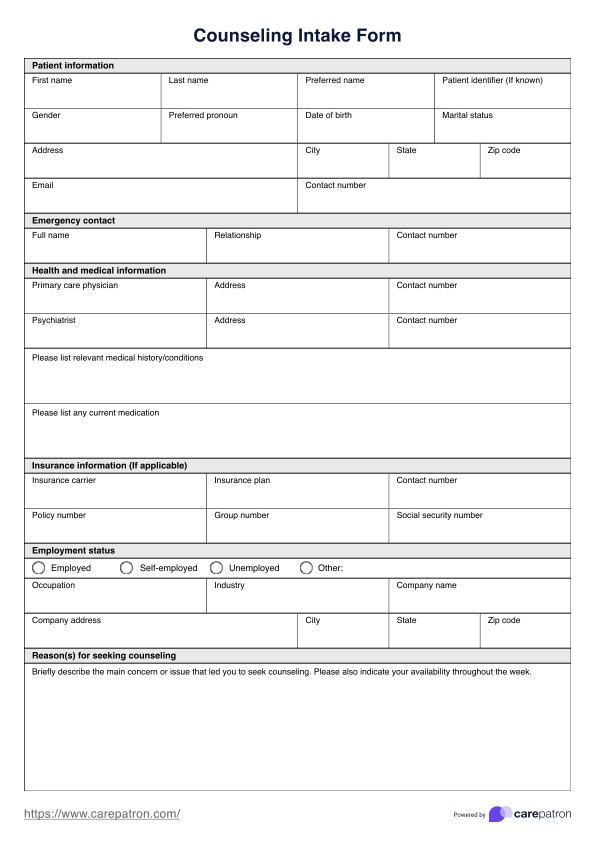
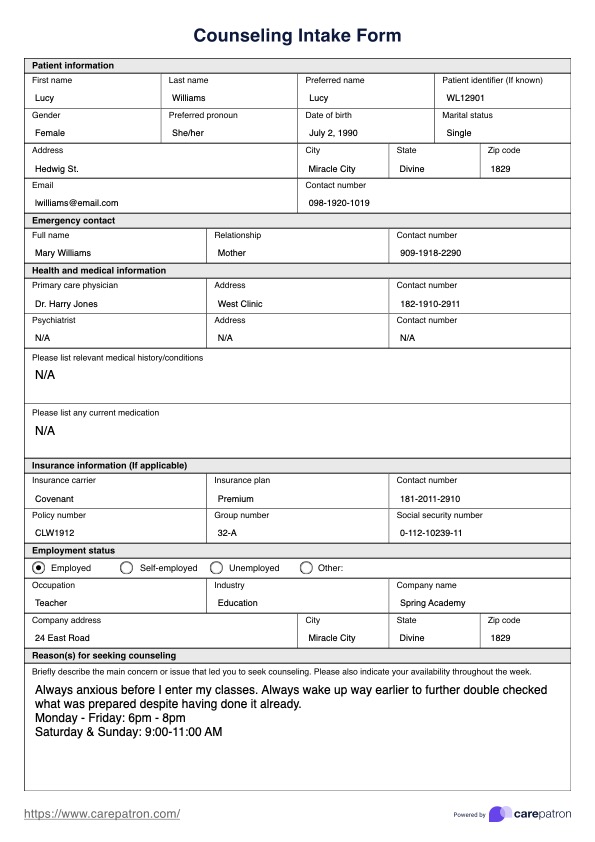

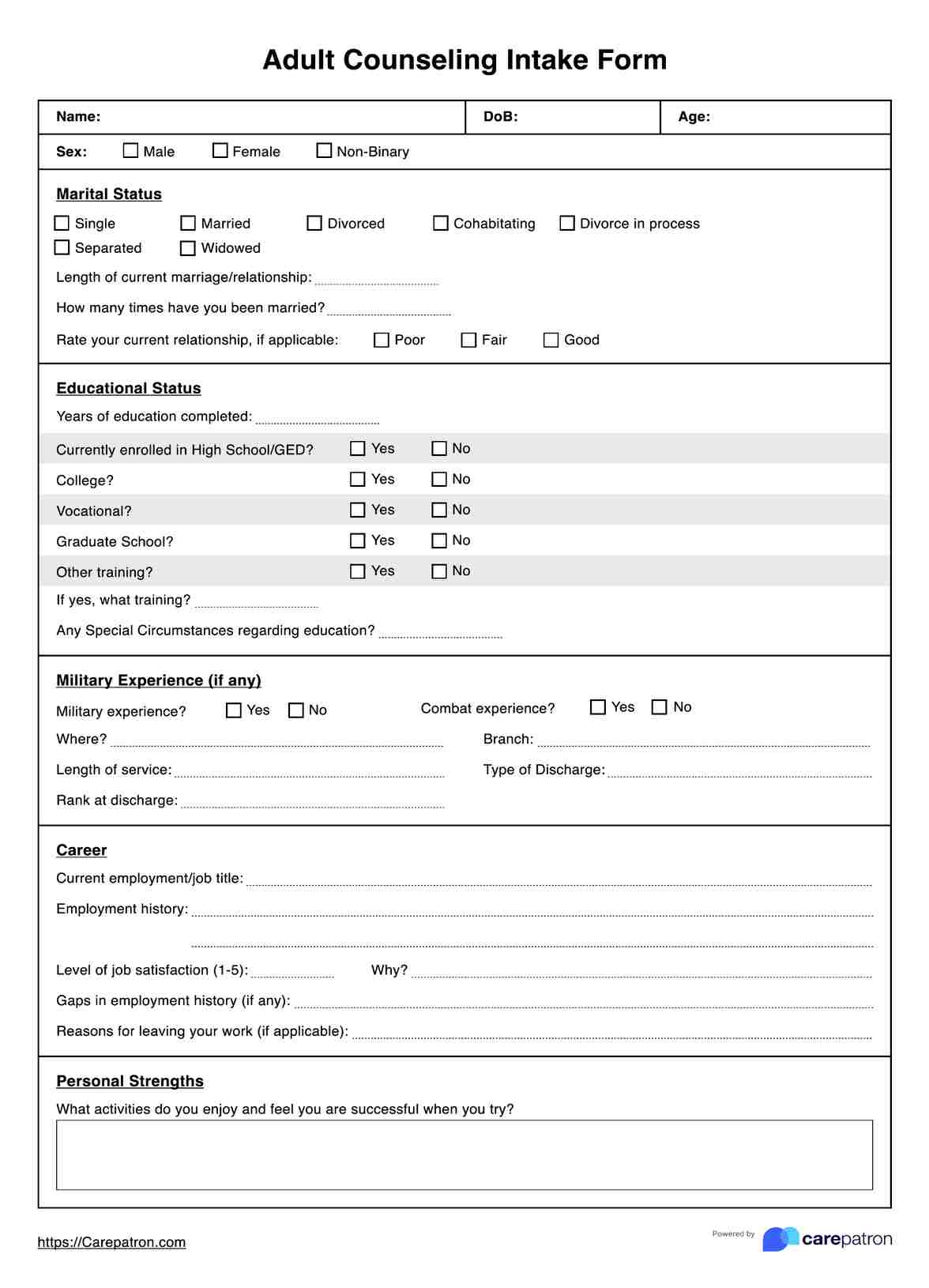
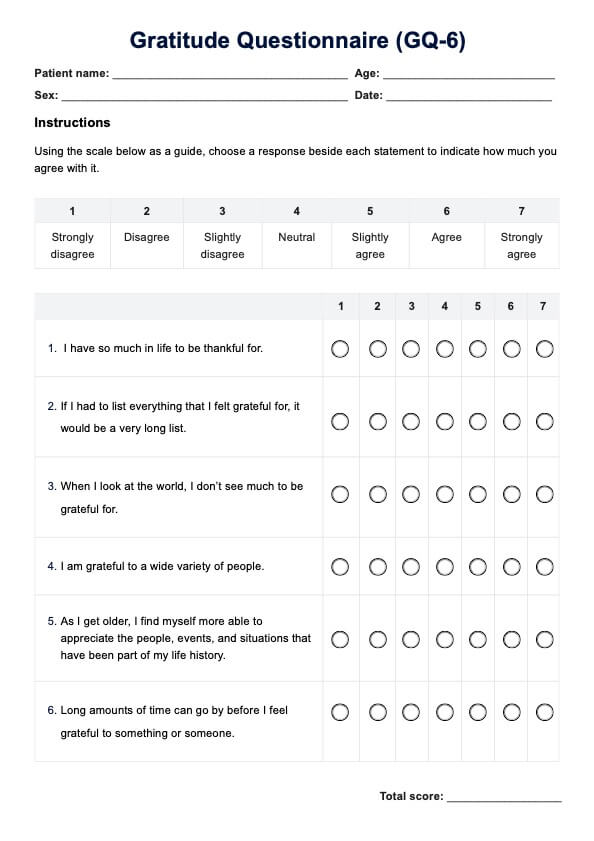
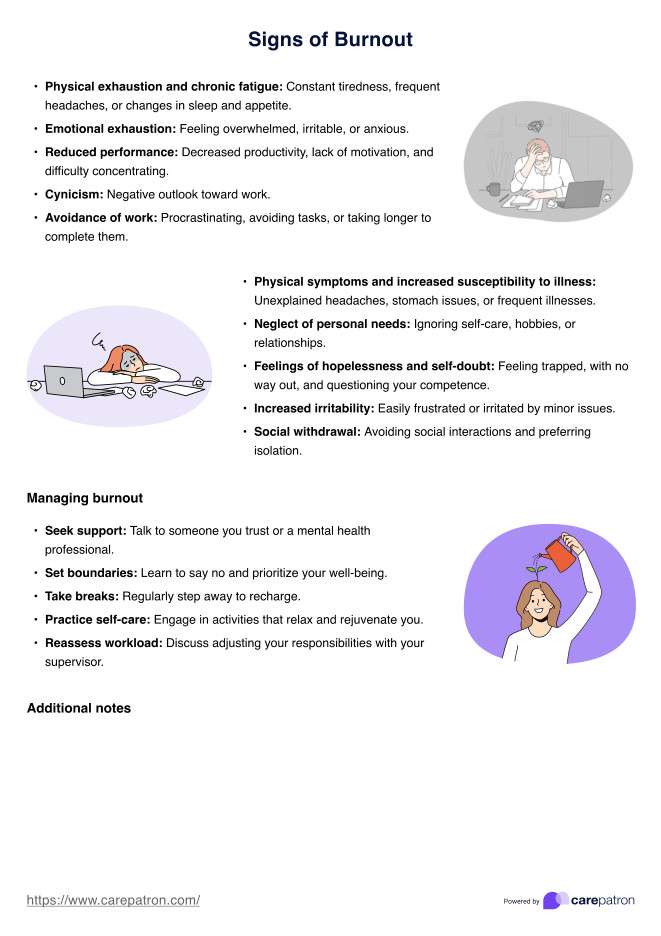
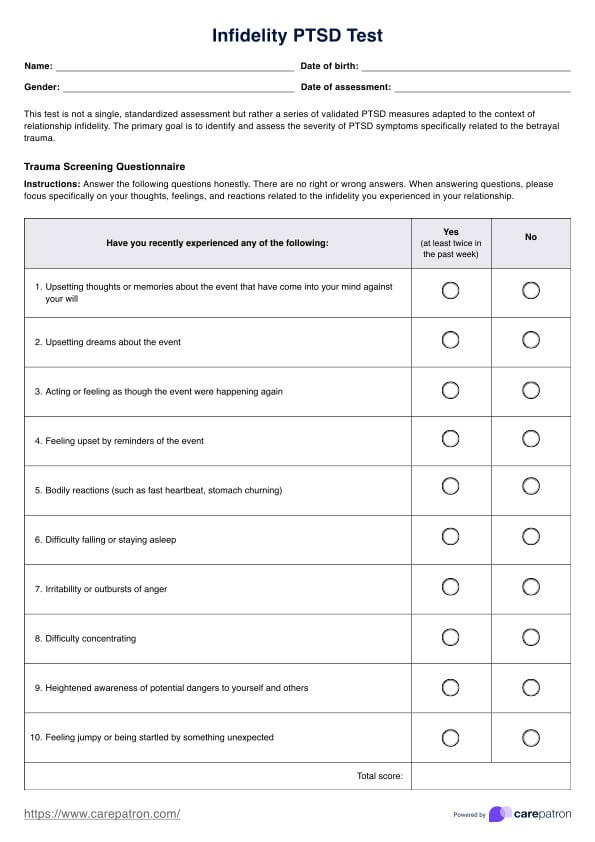
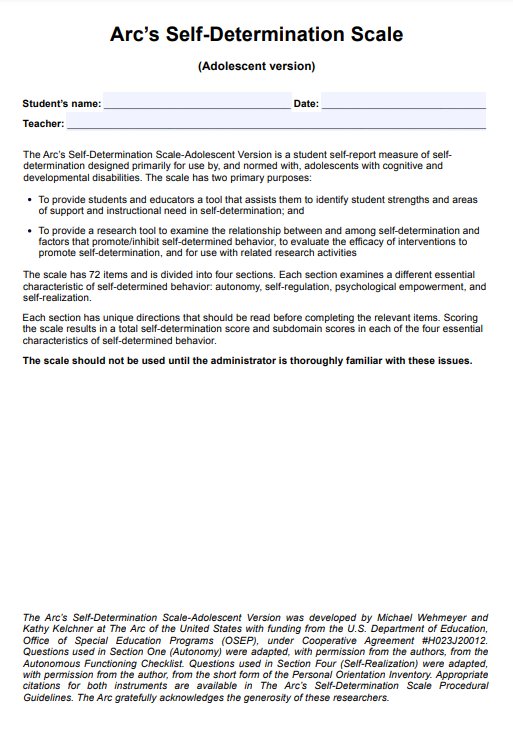
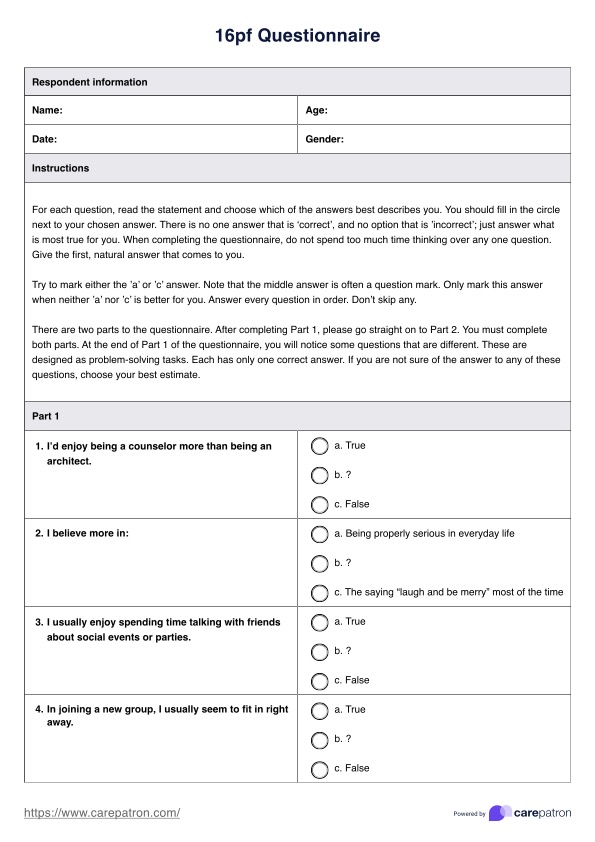
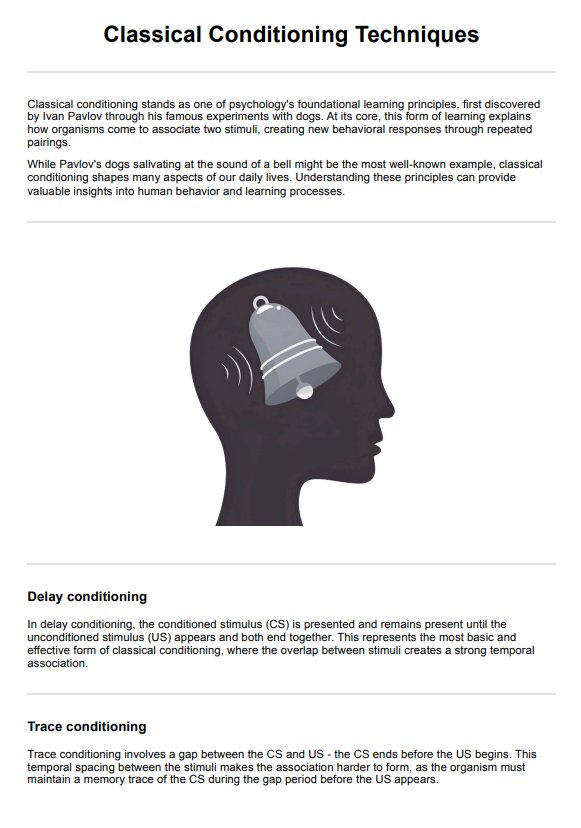
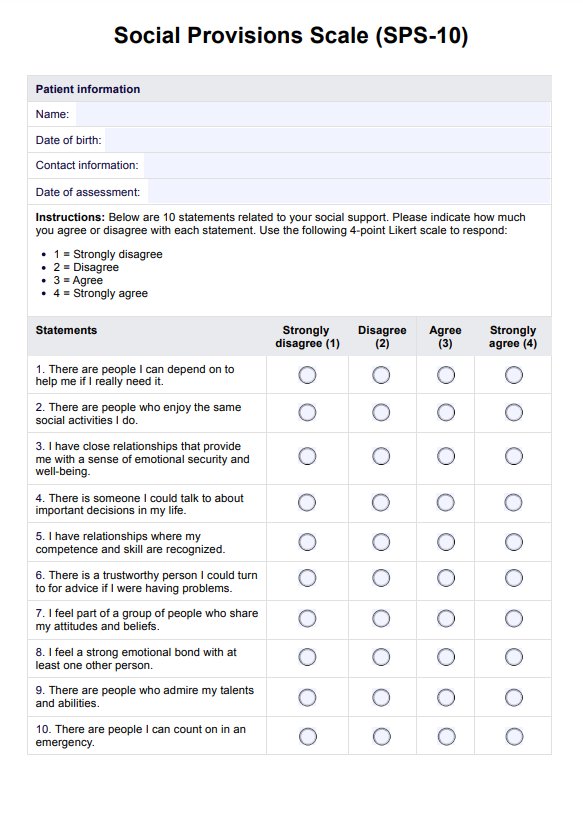

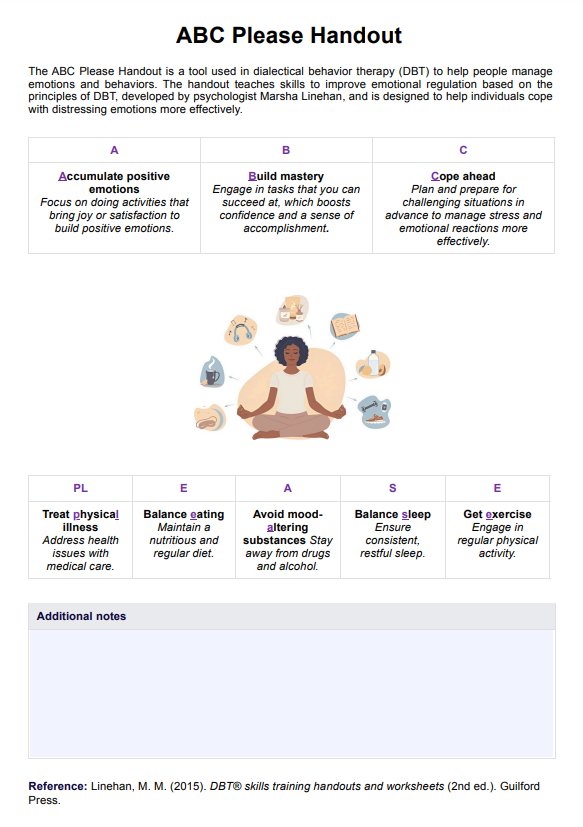
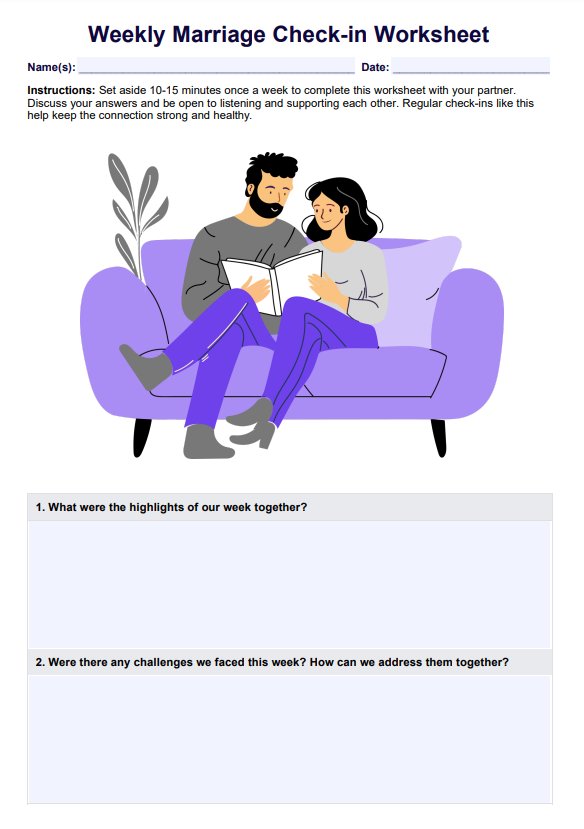
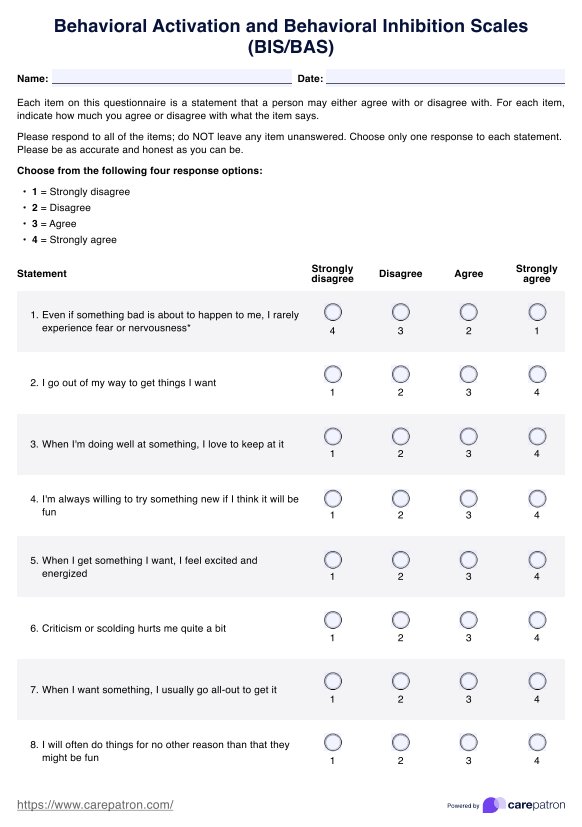
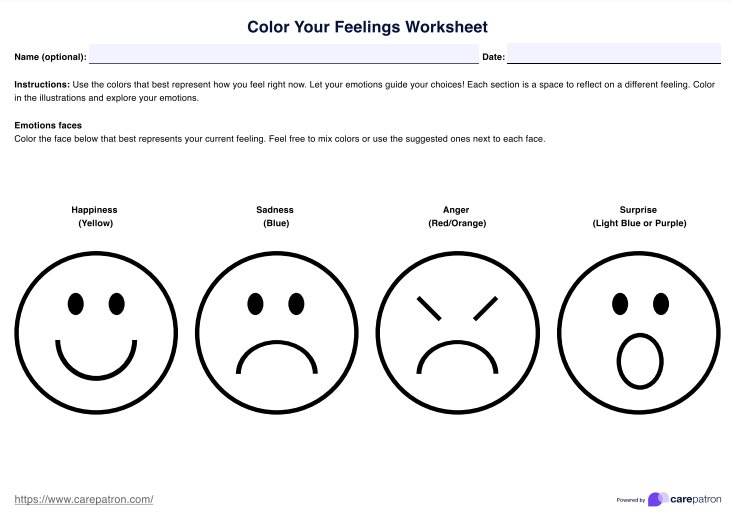
-template.jpg)
